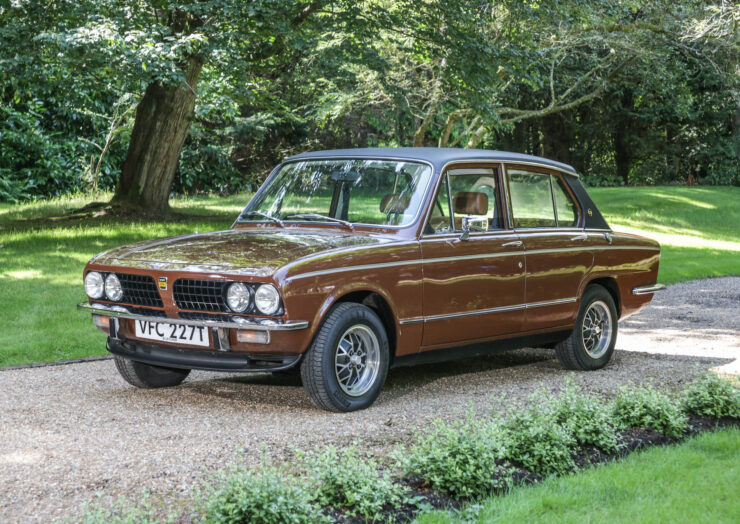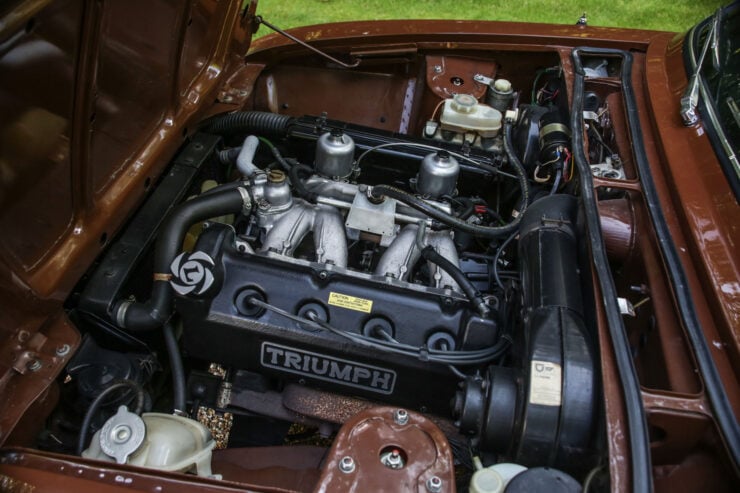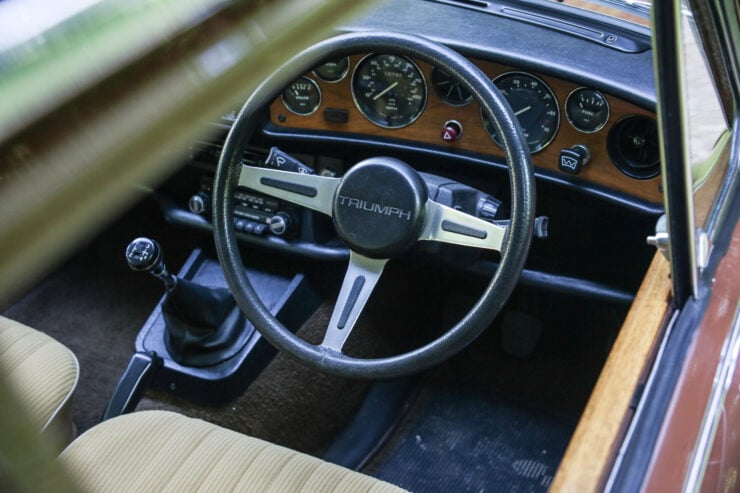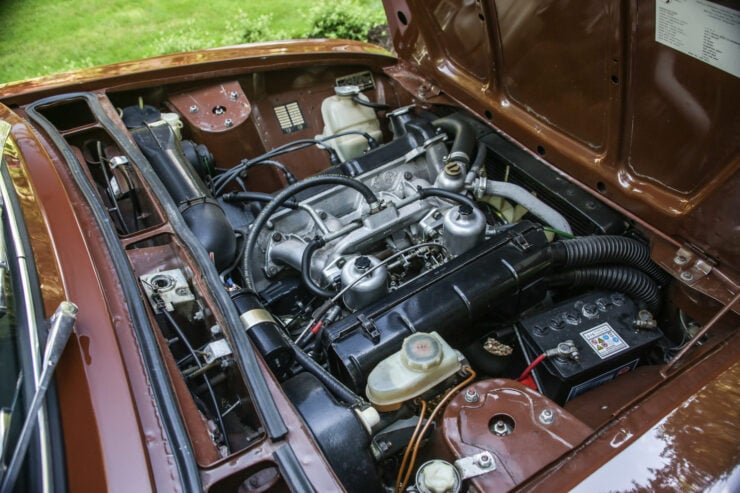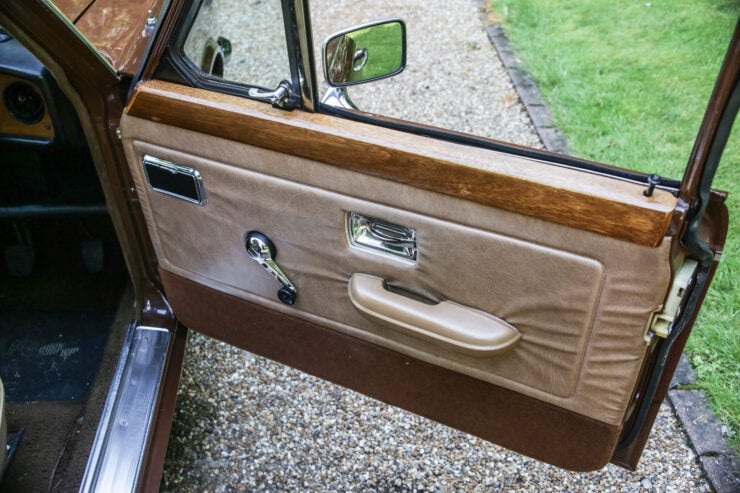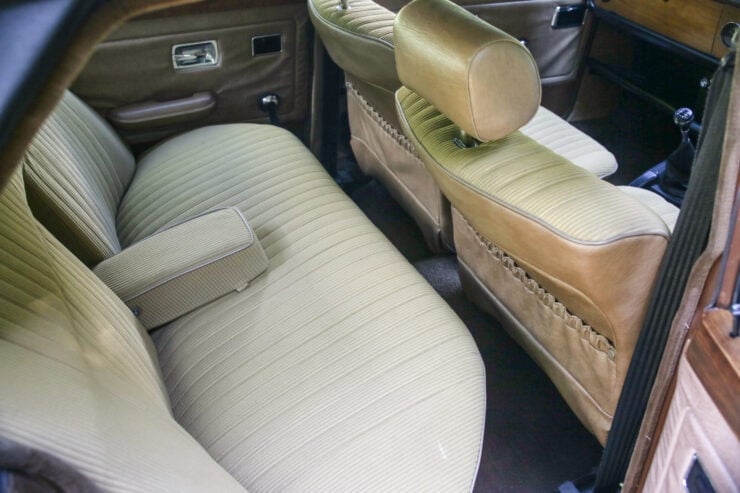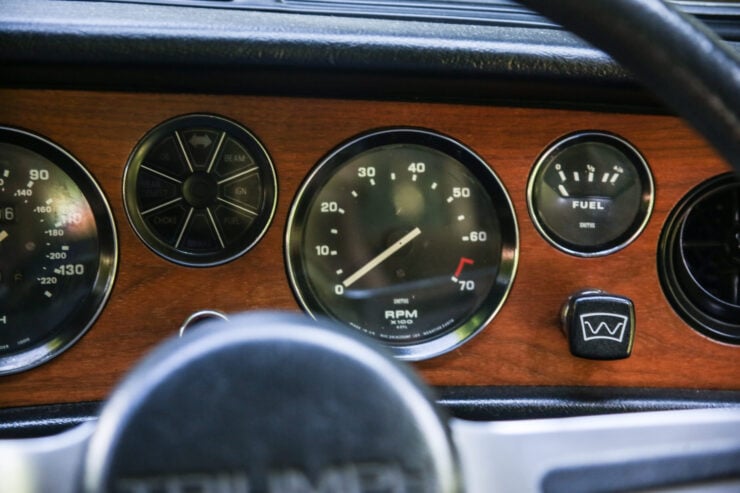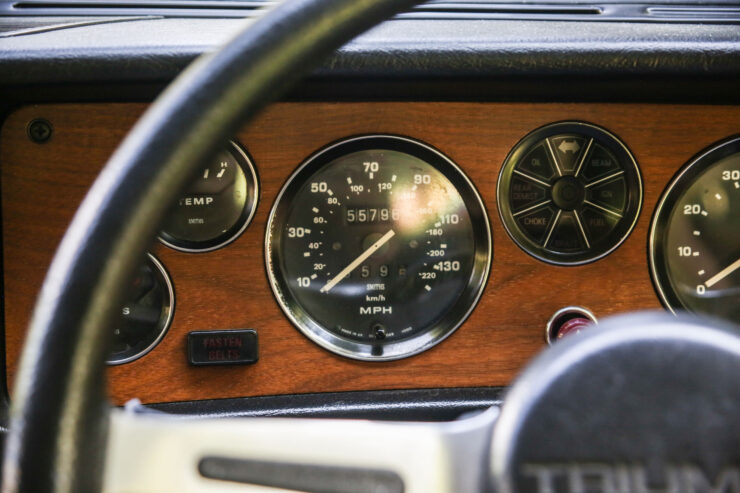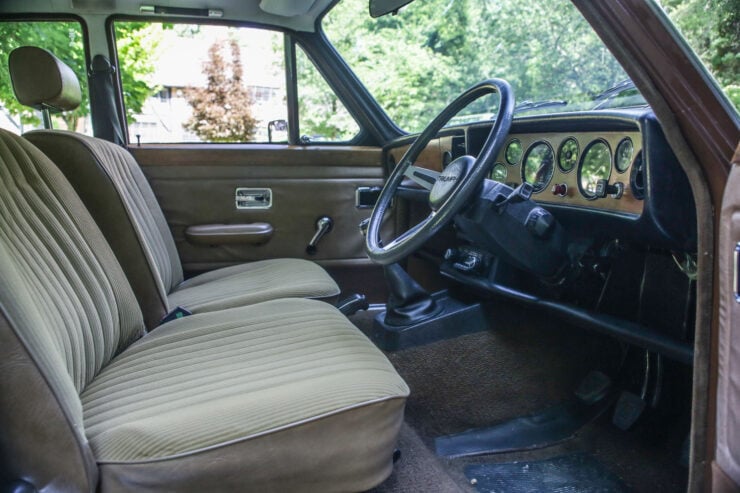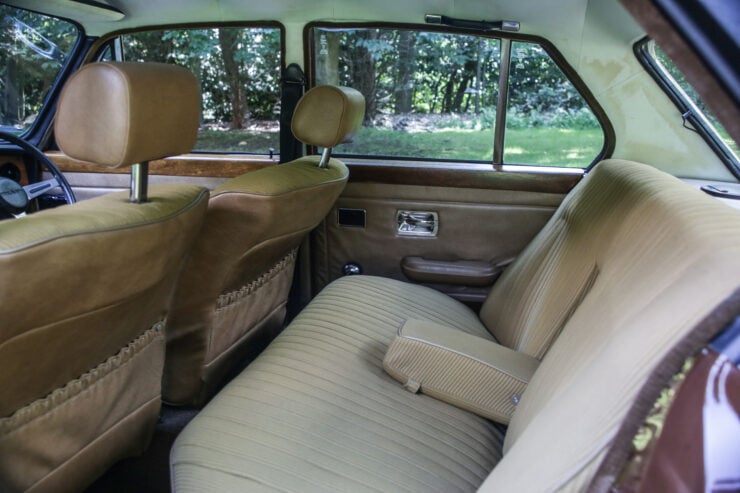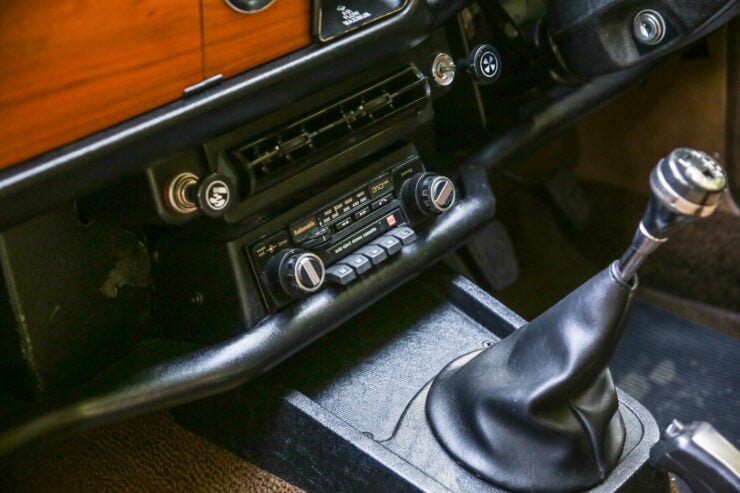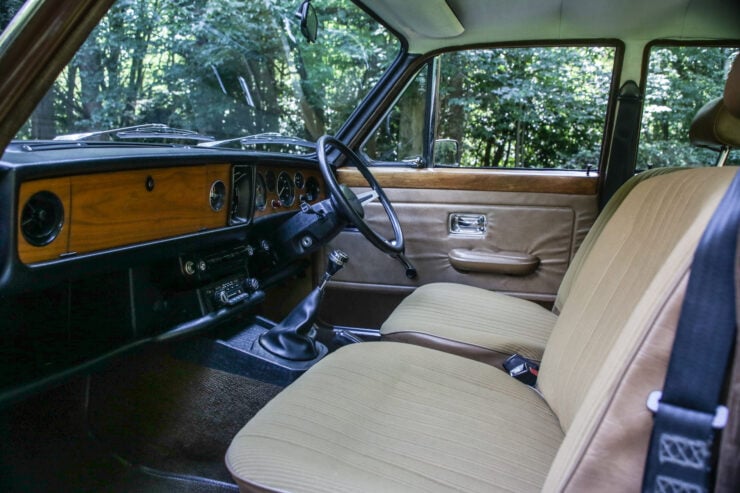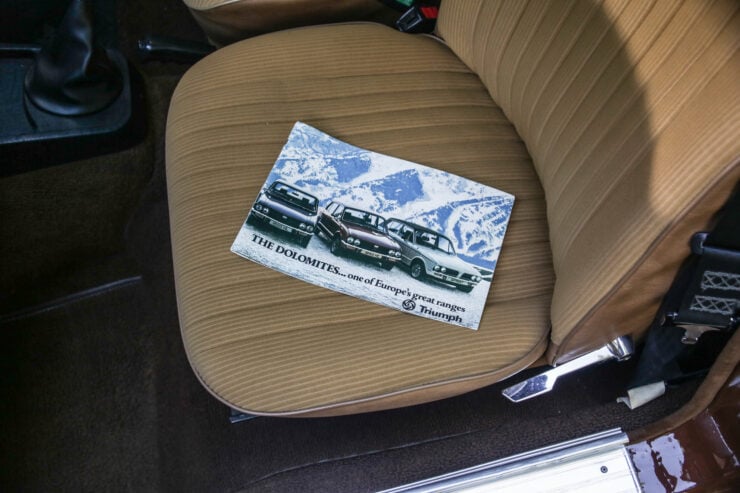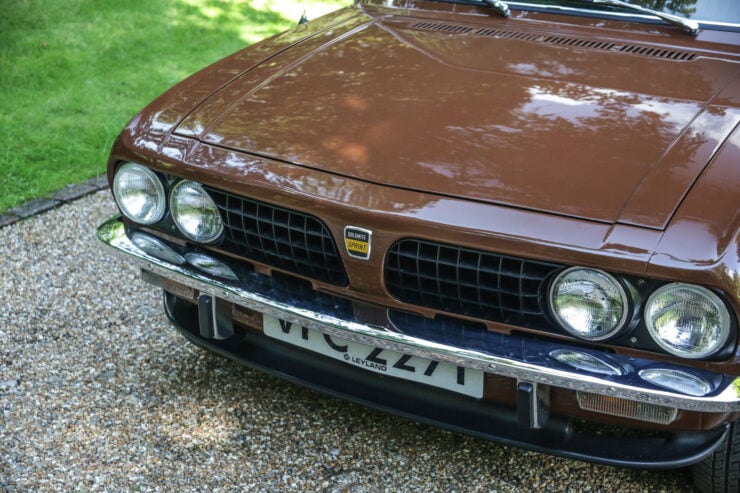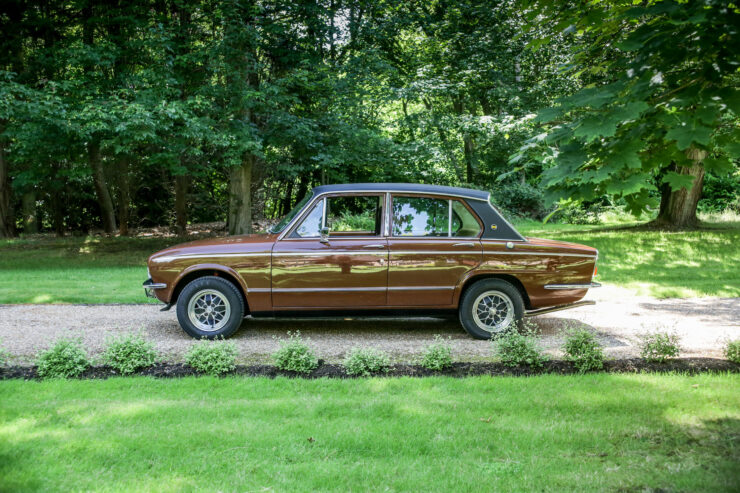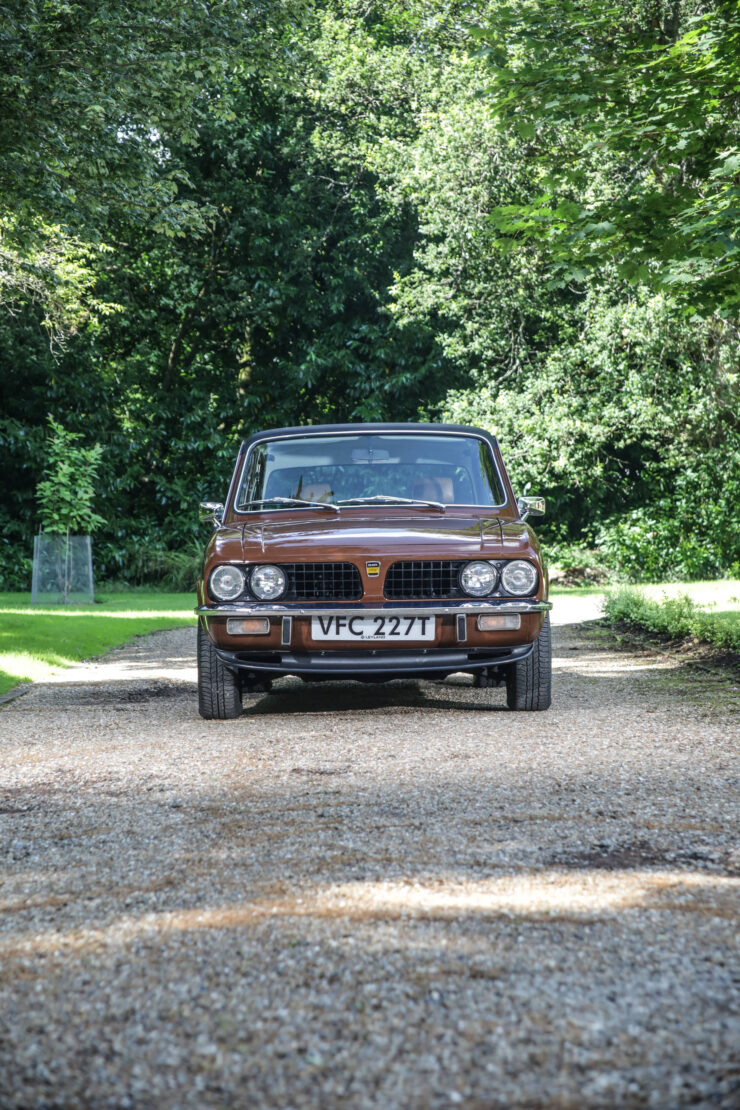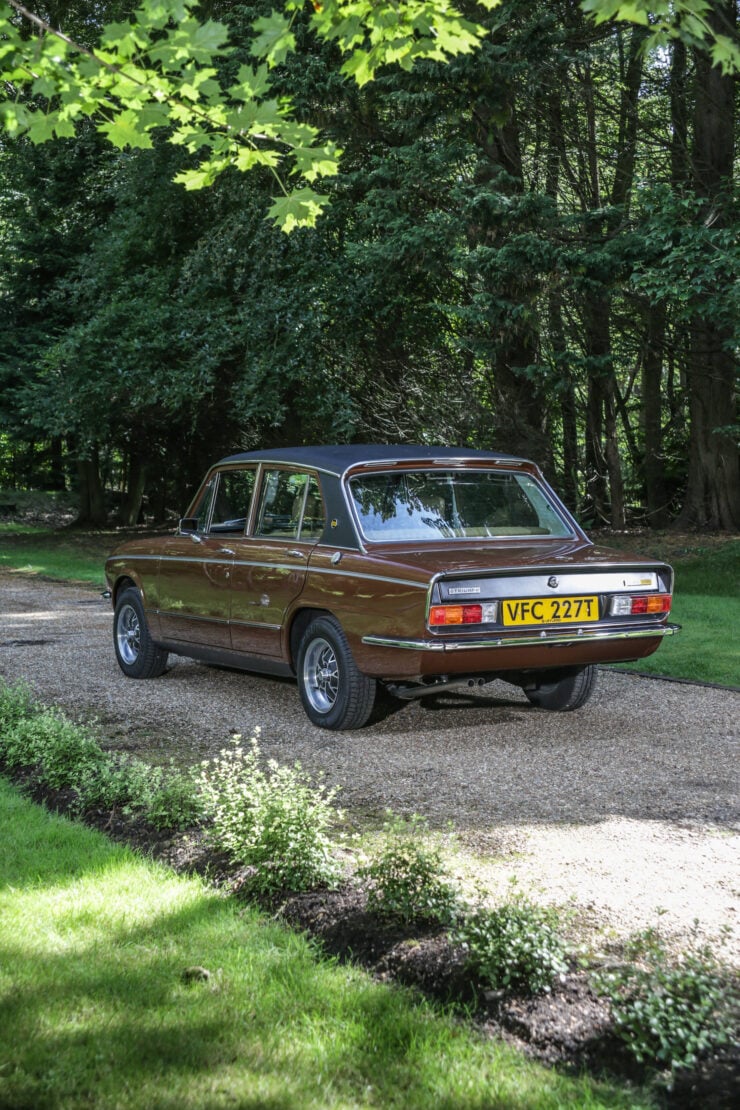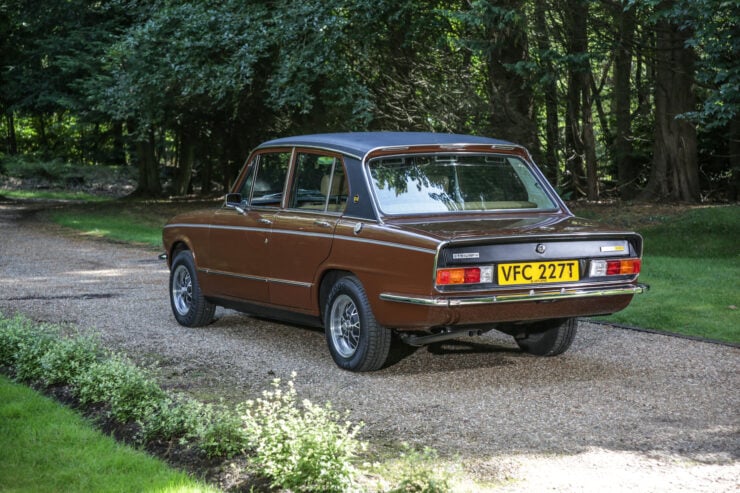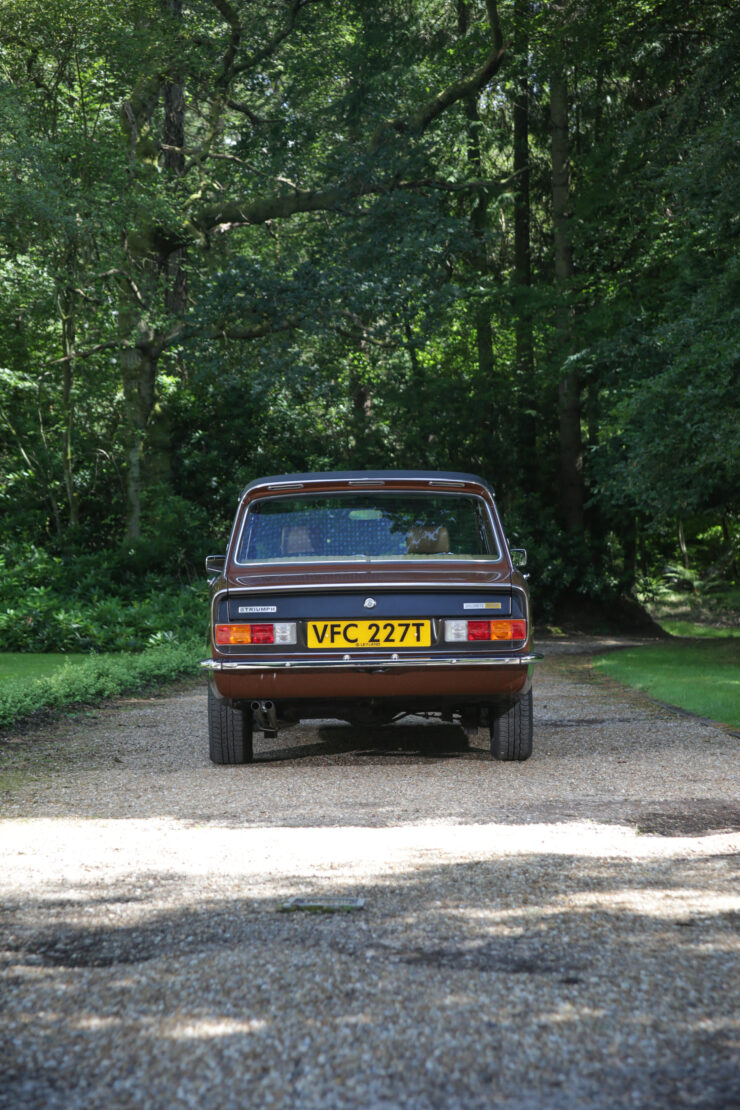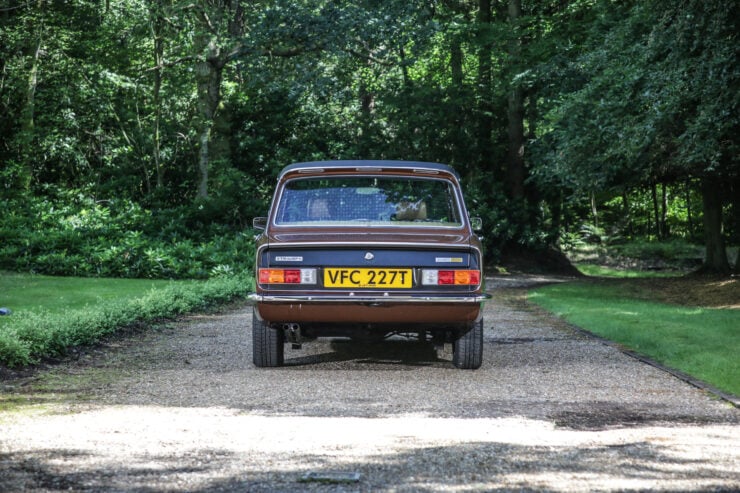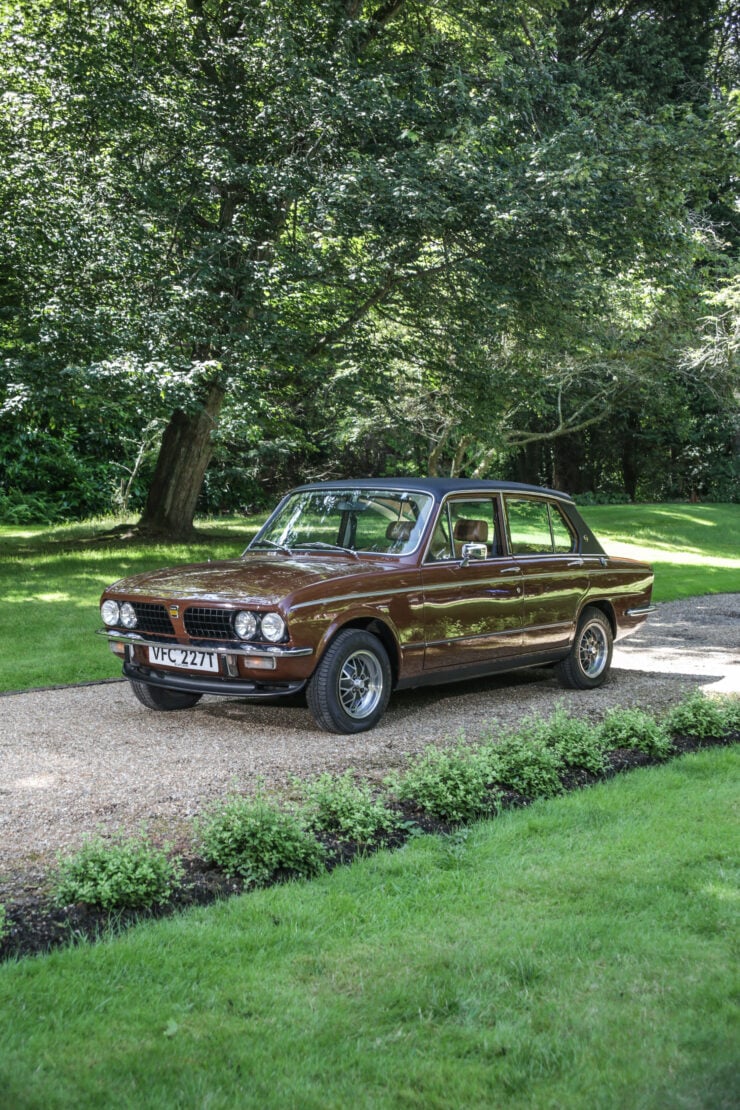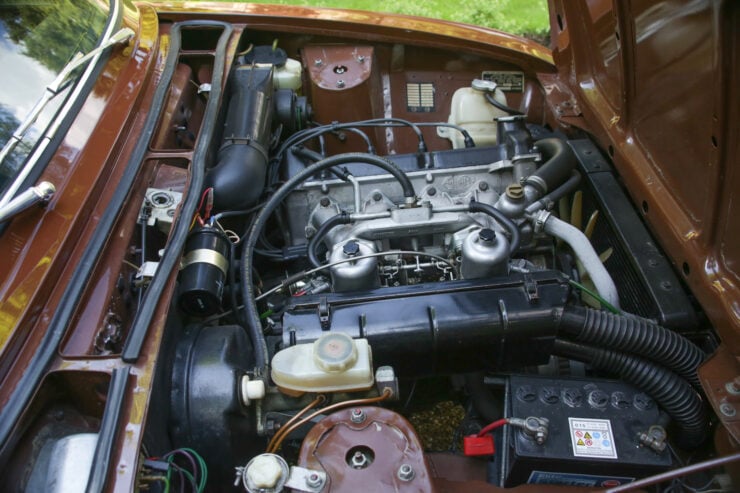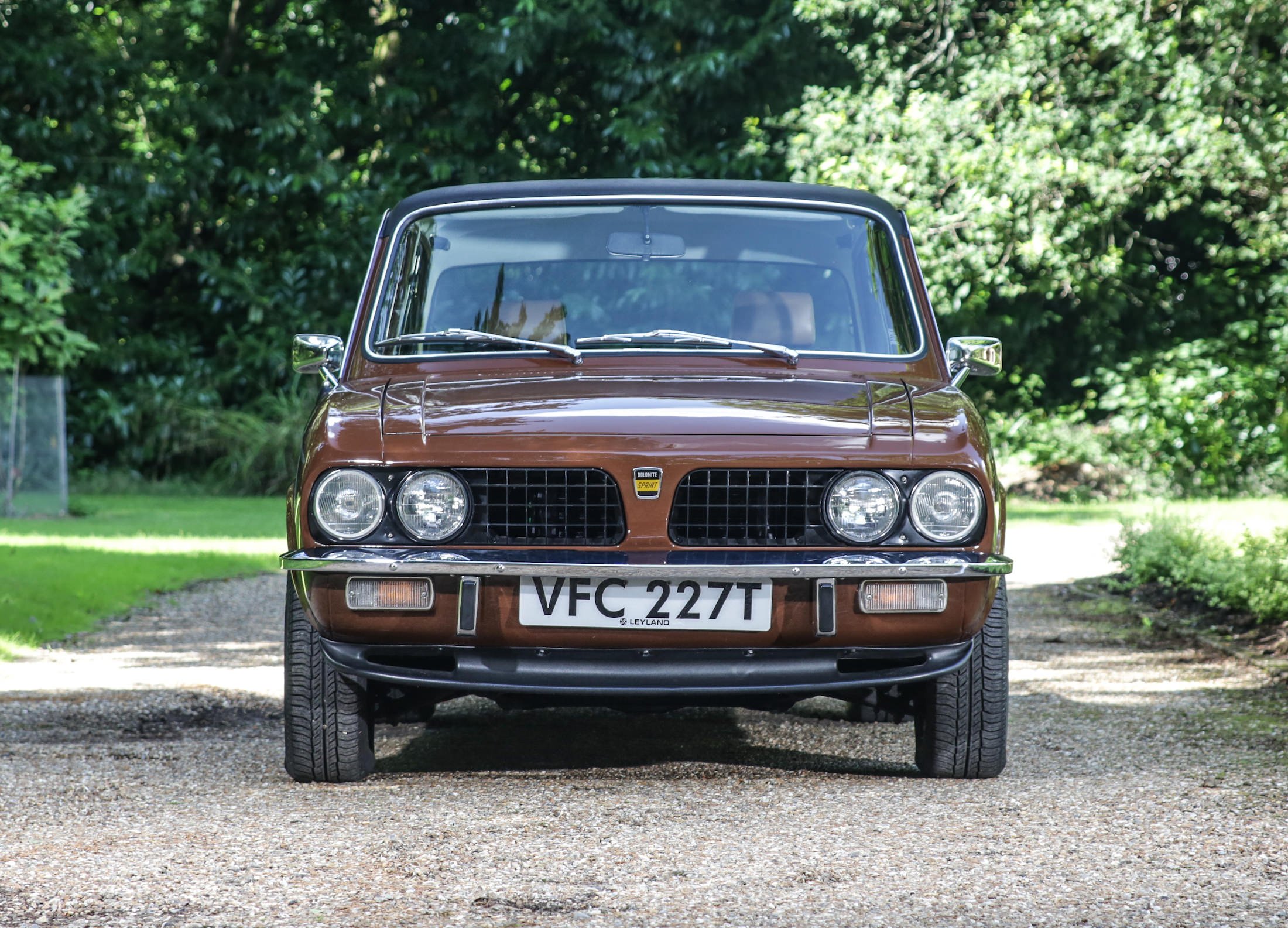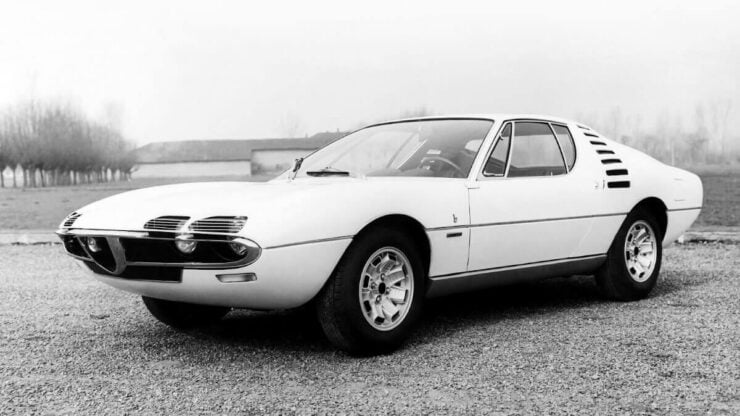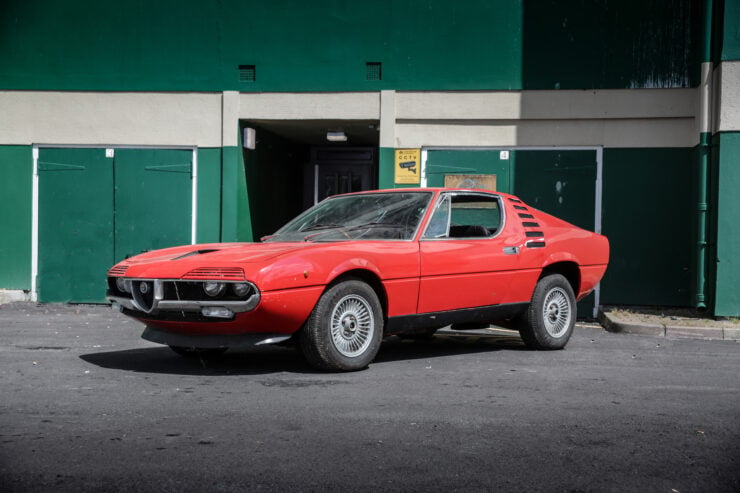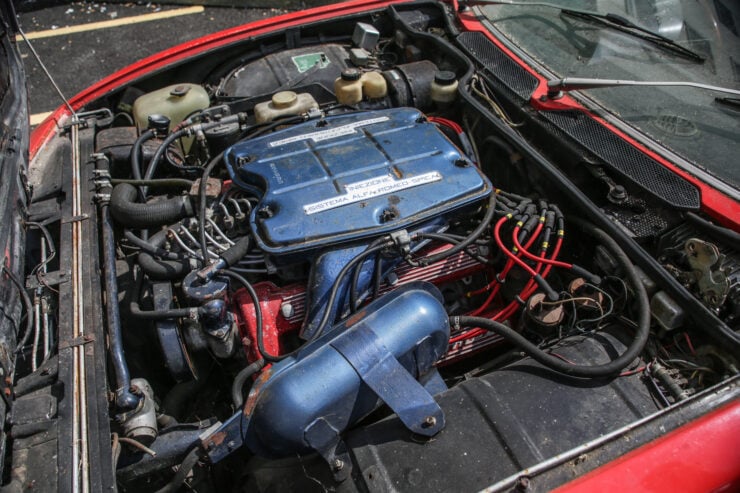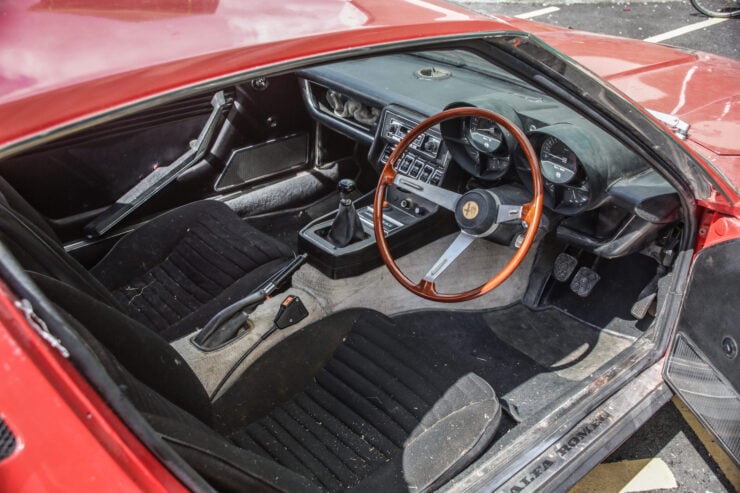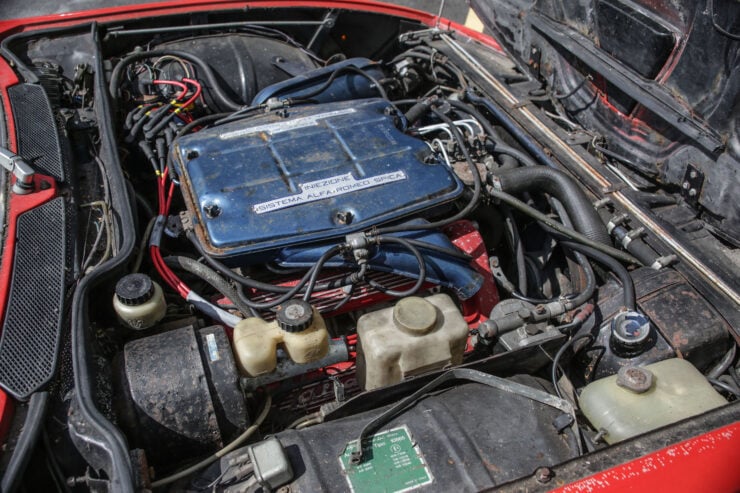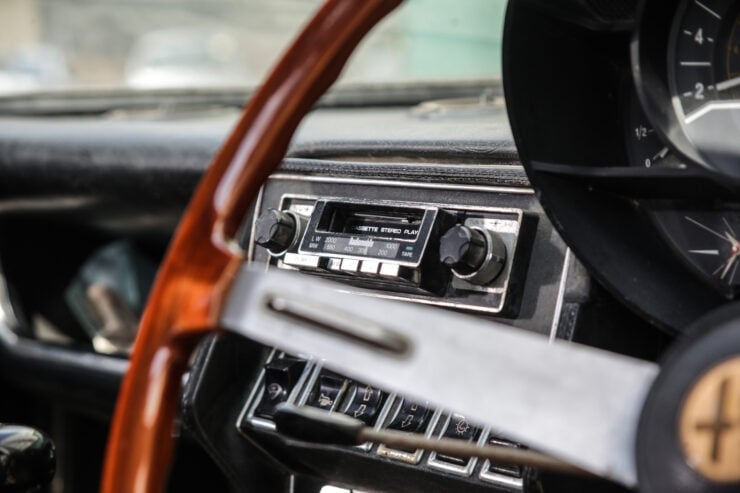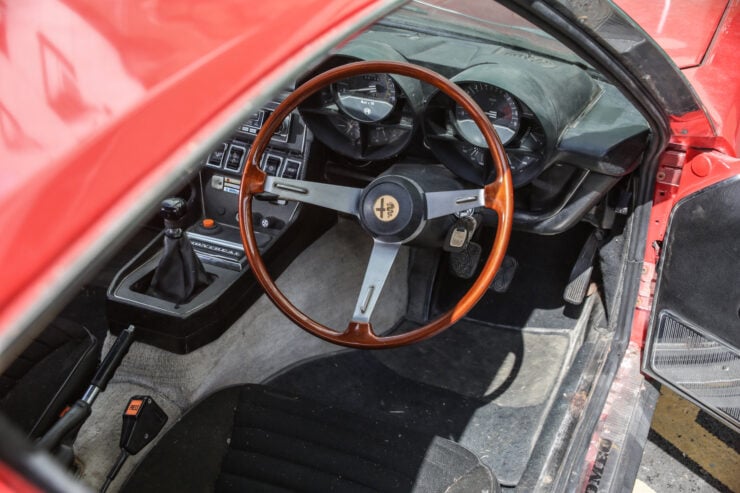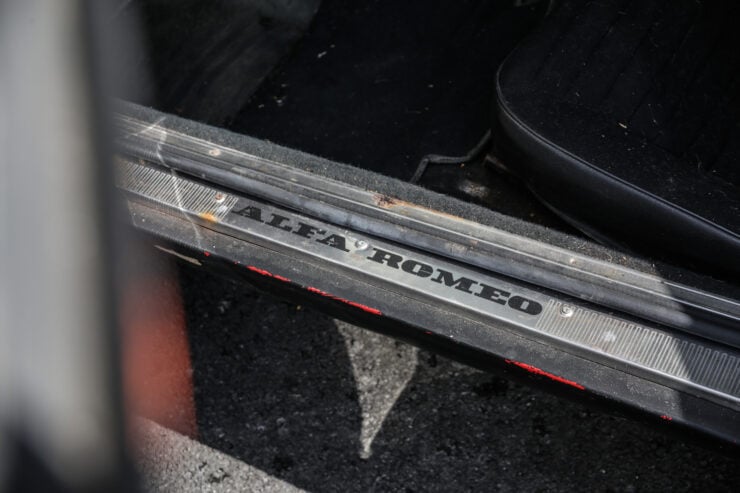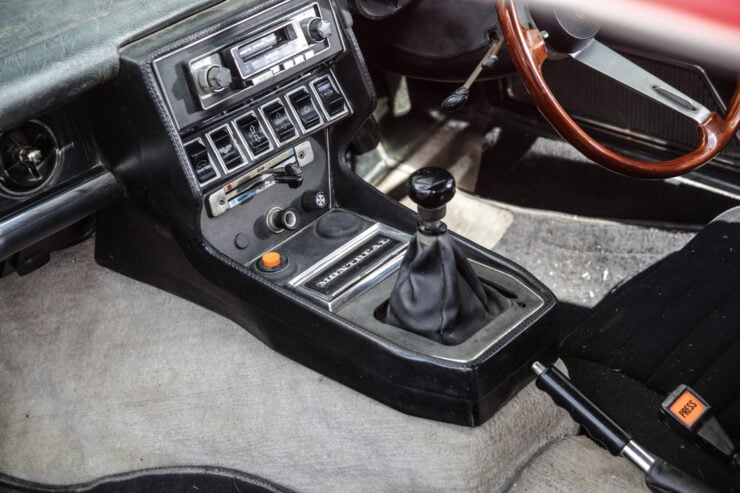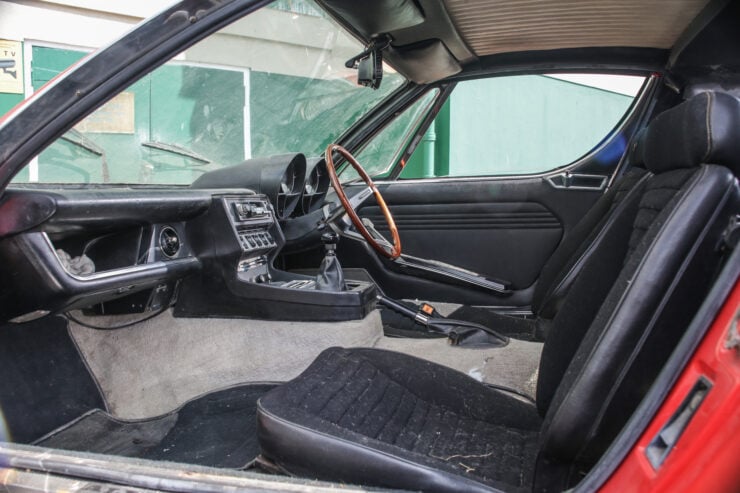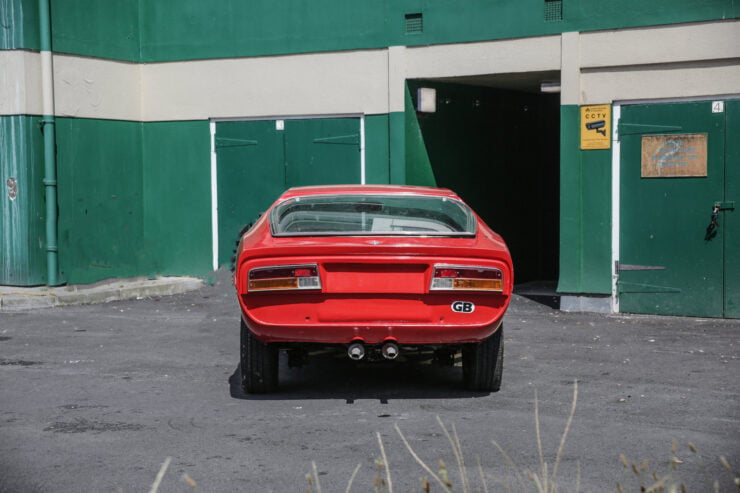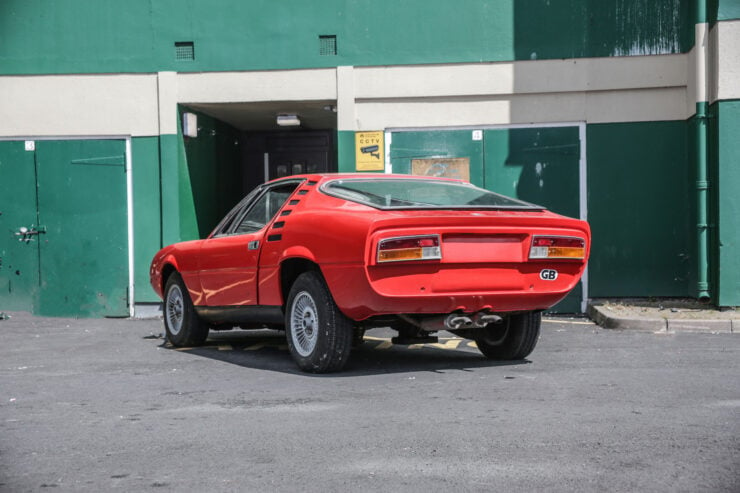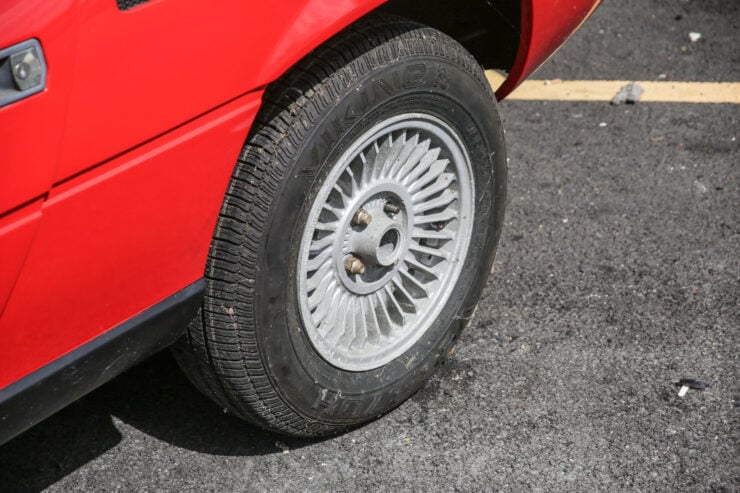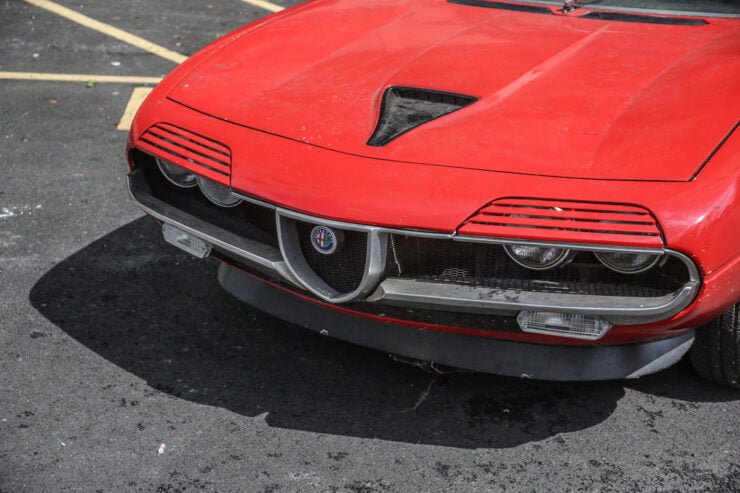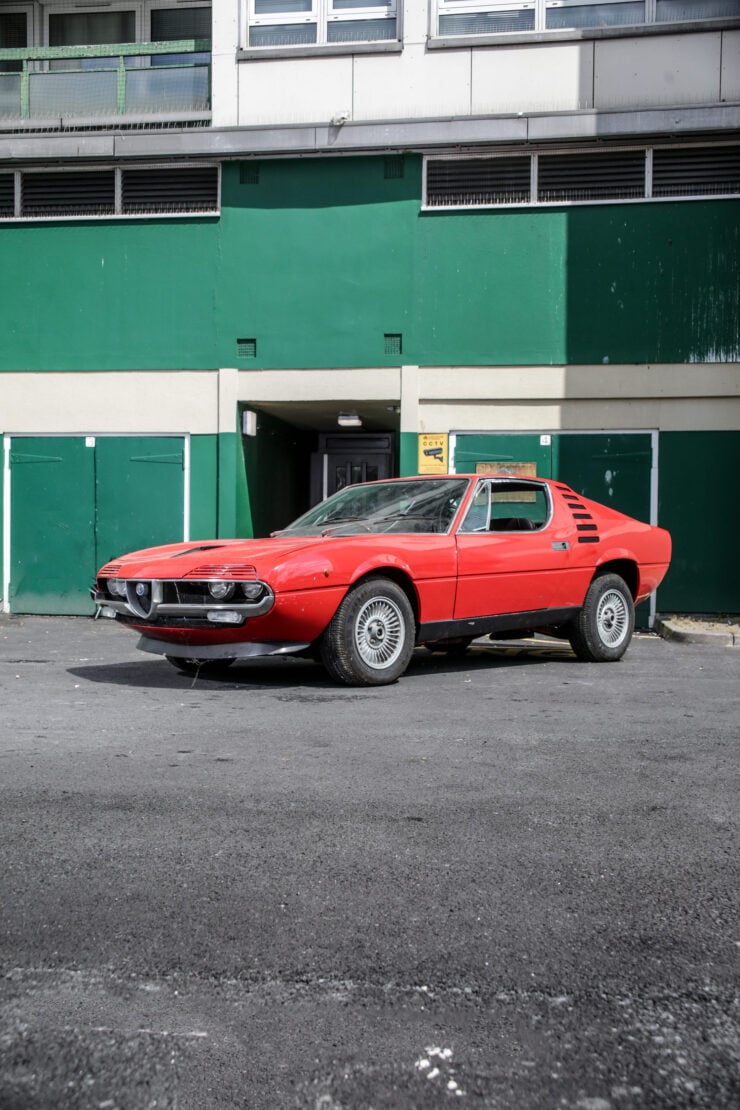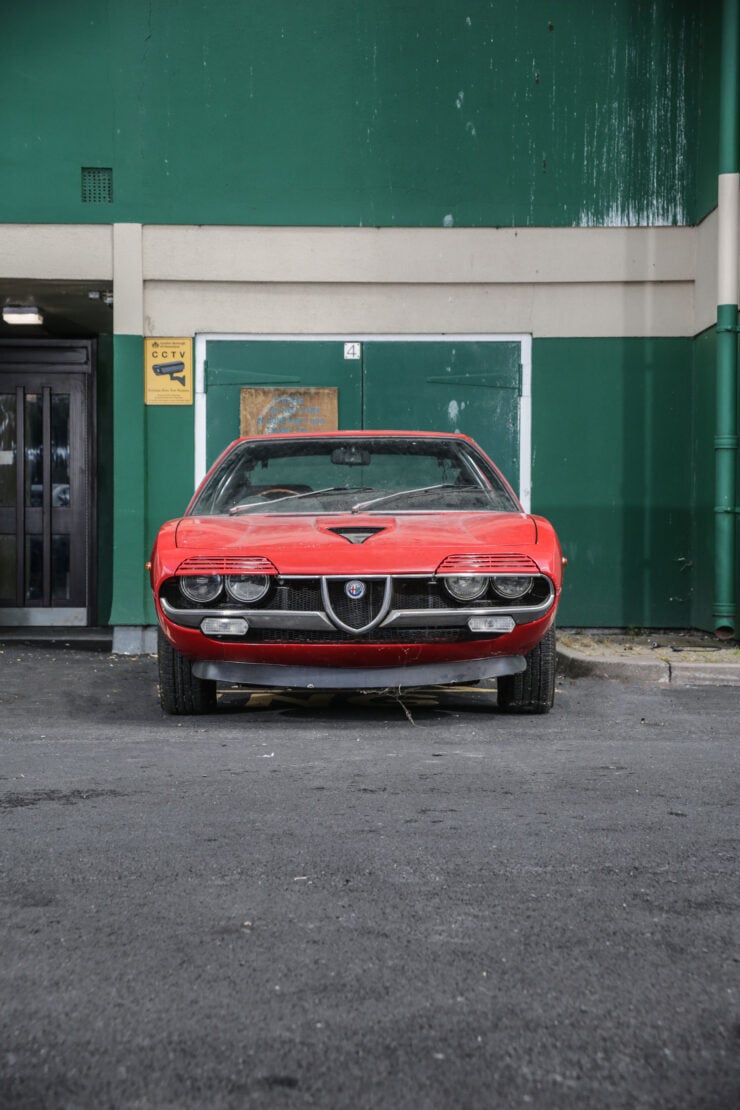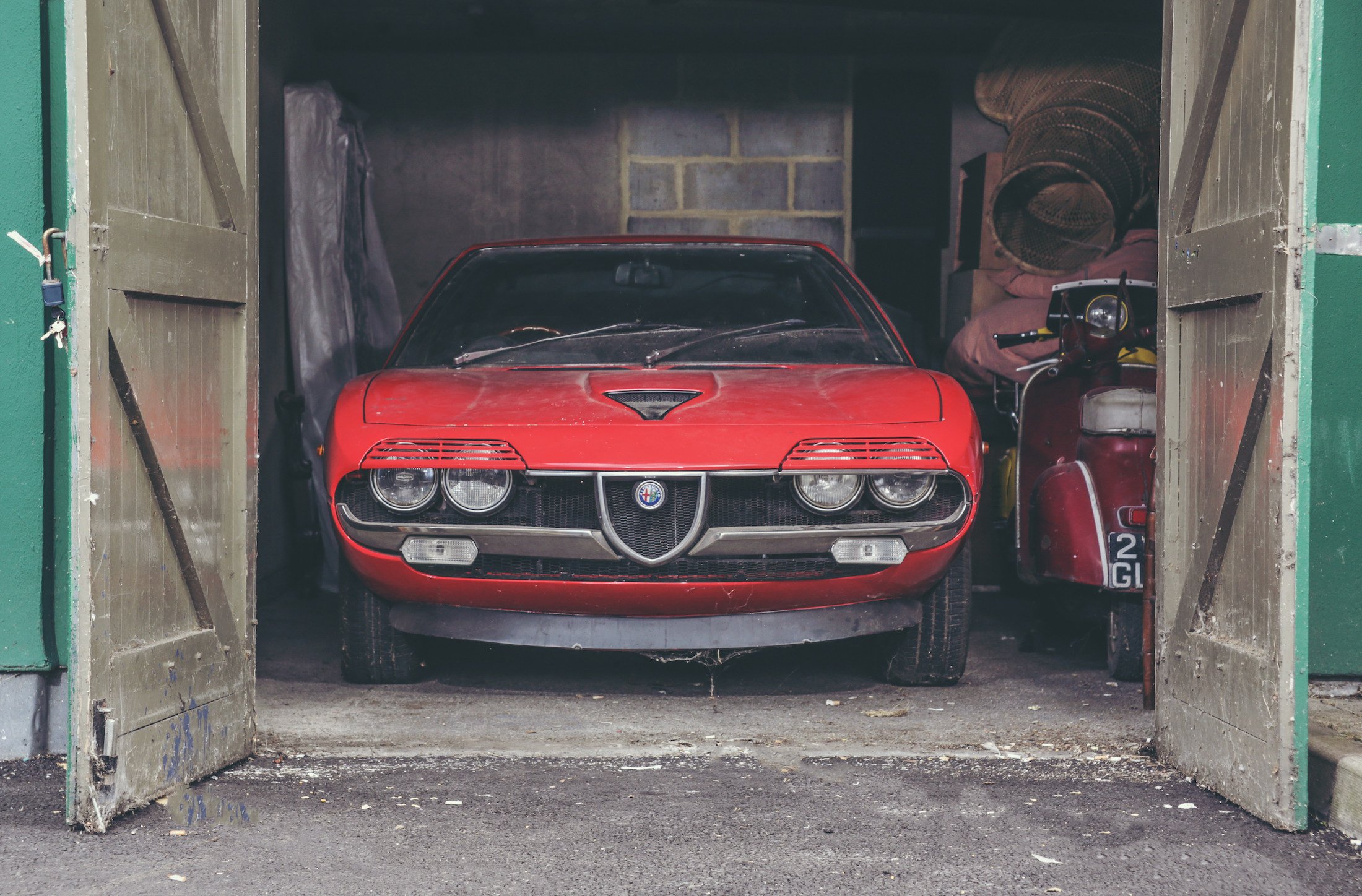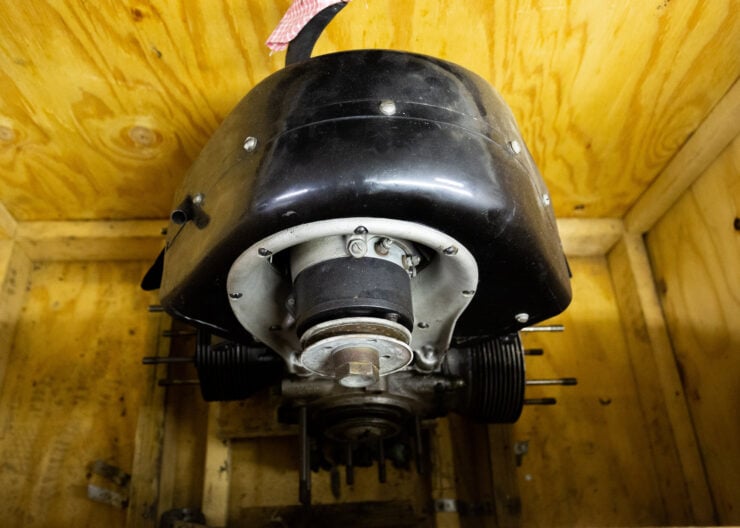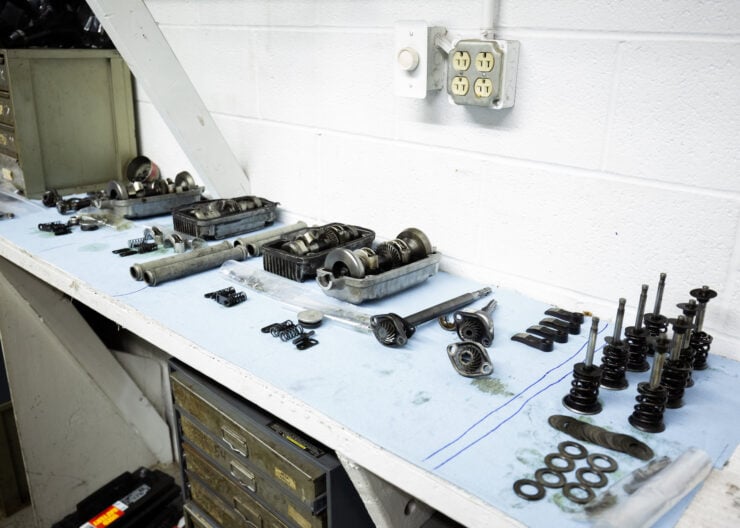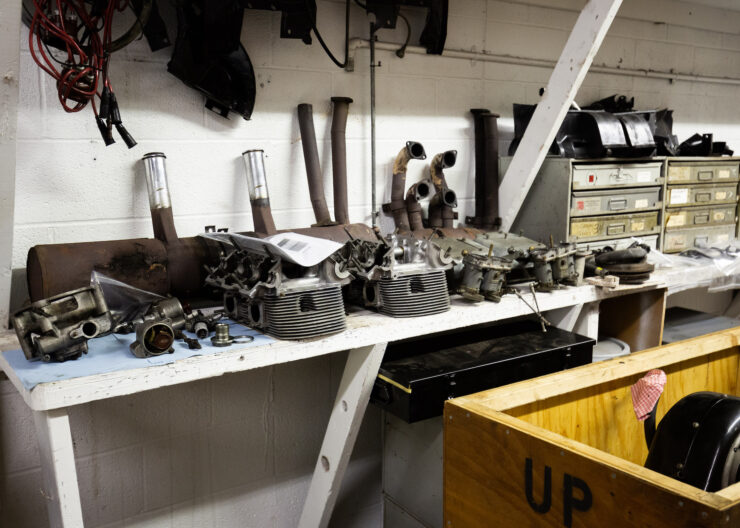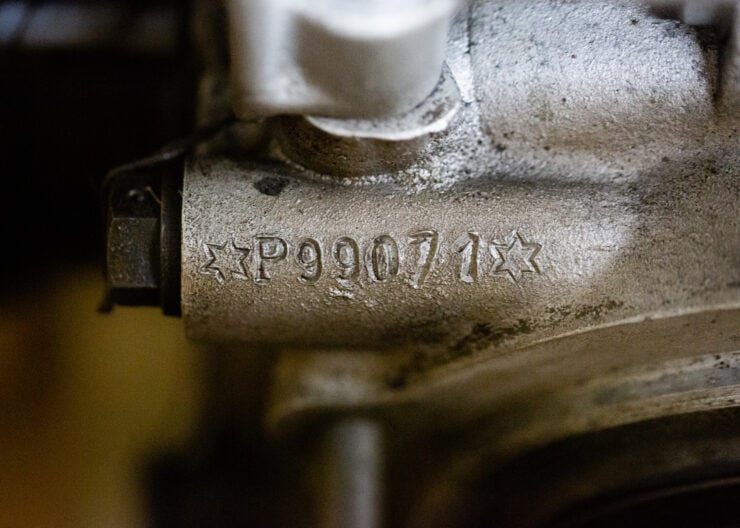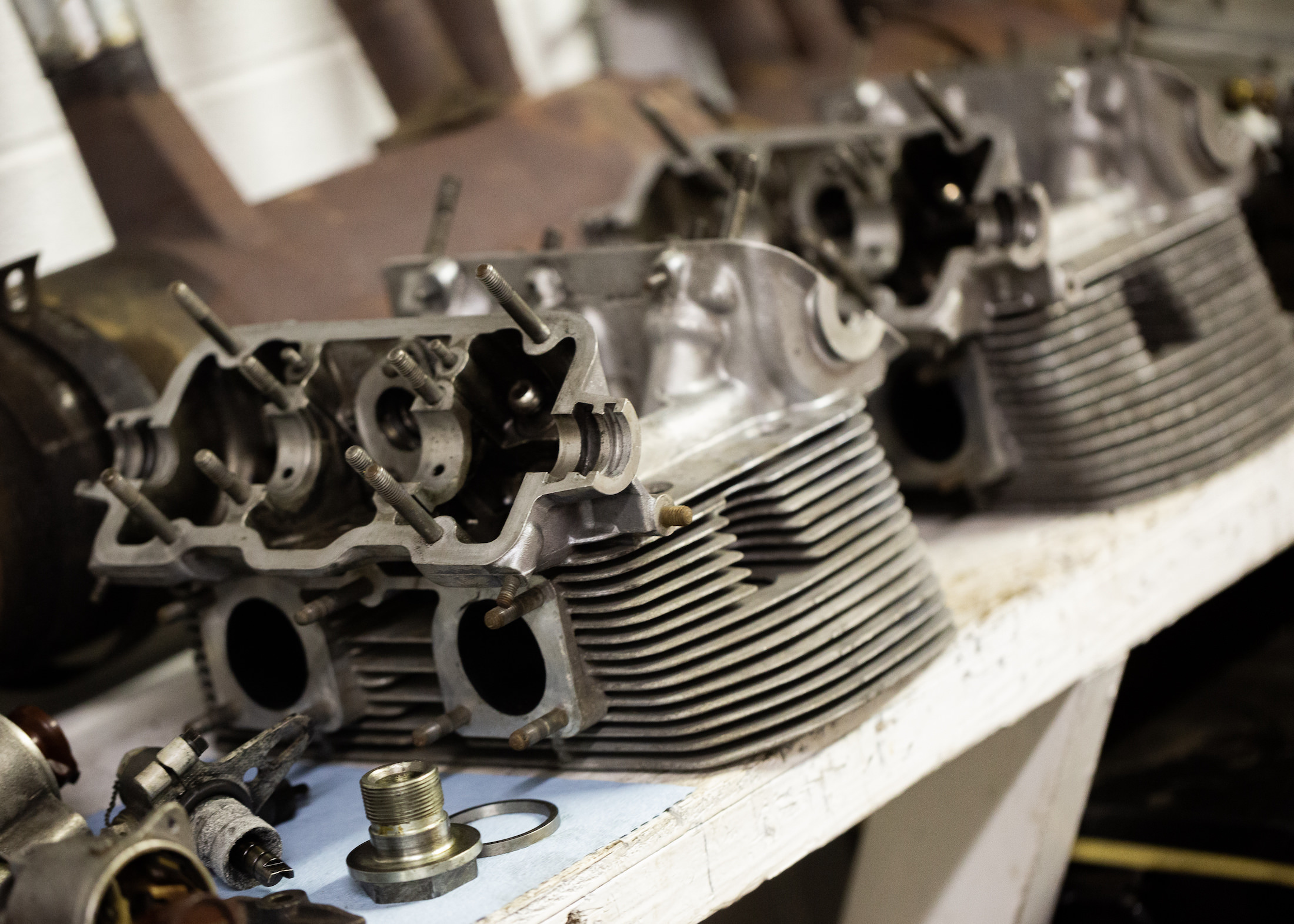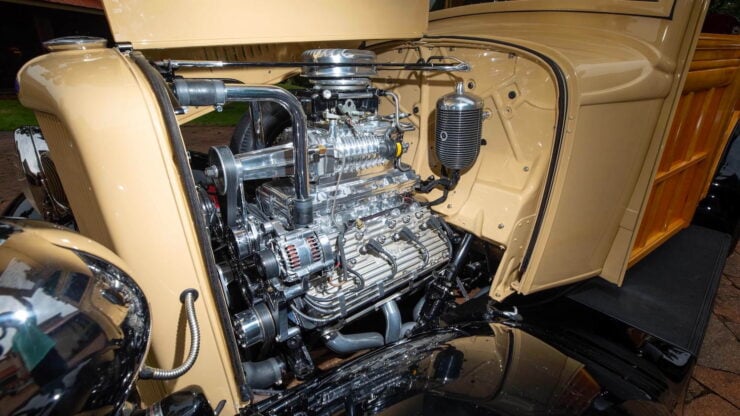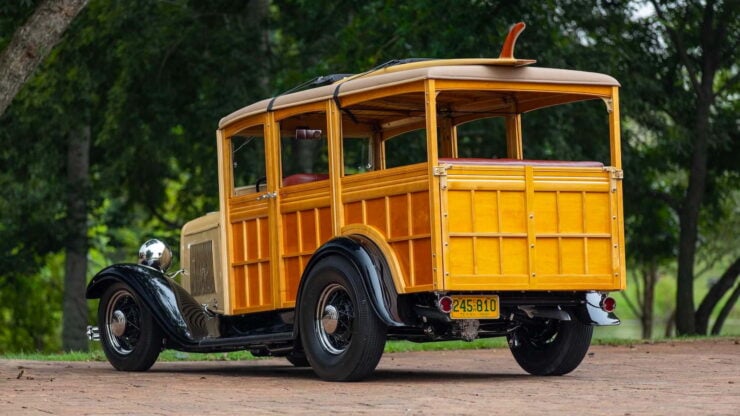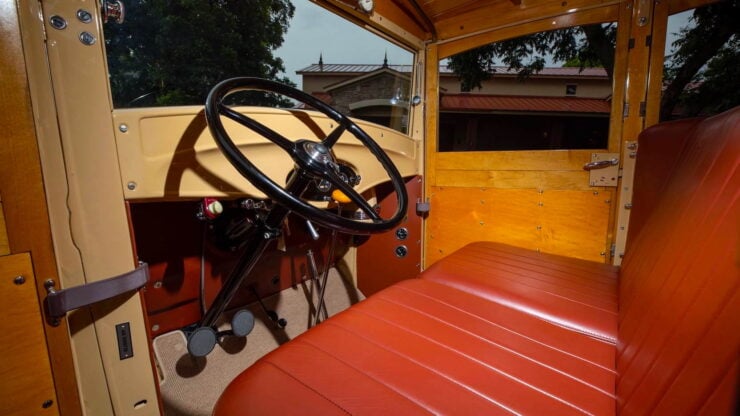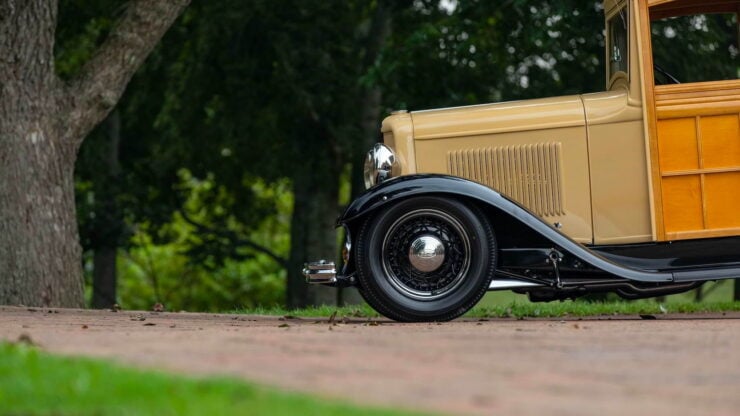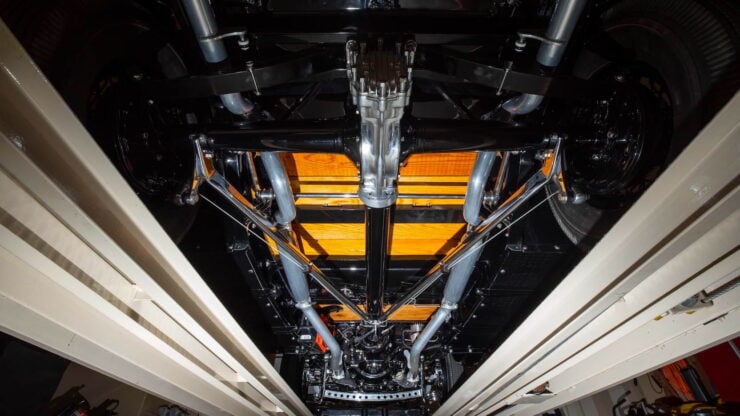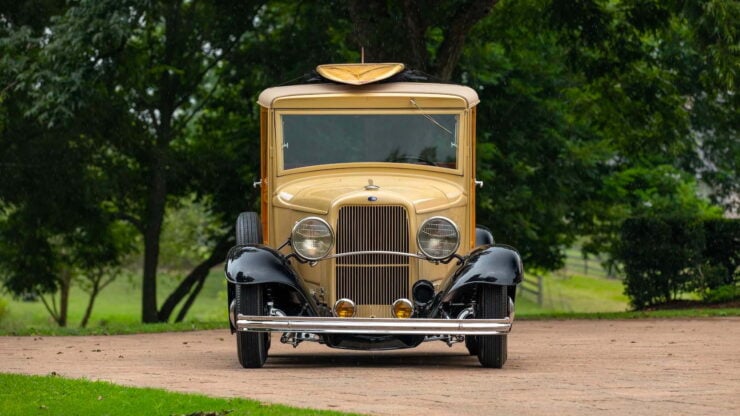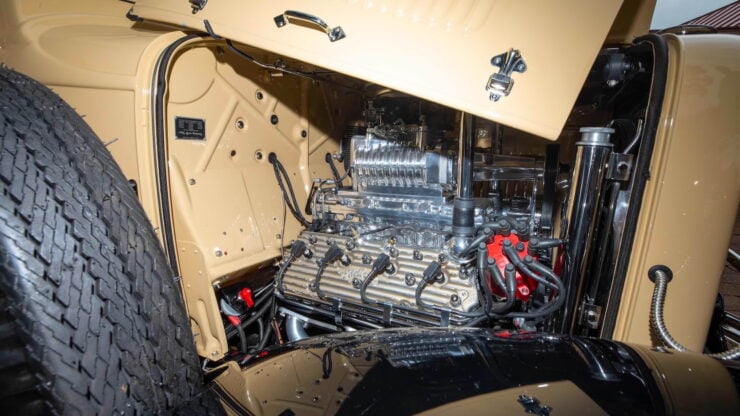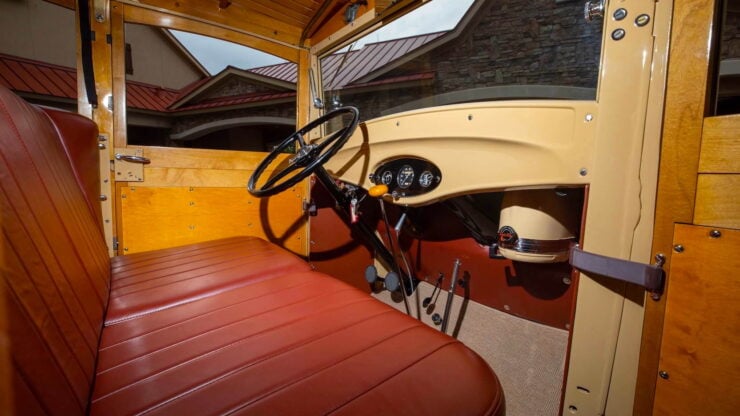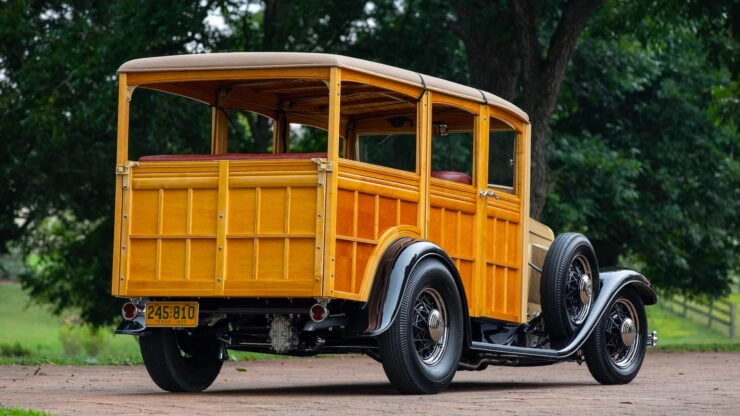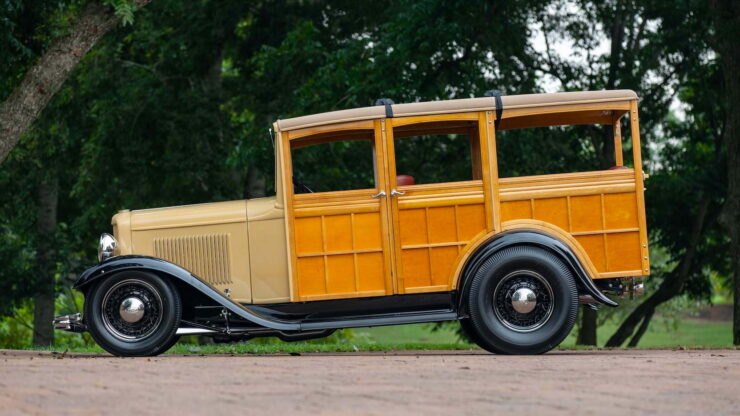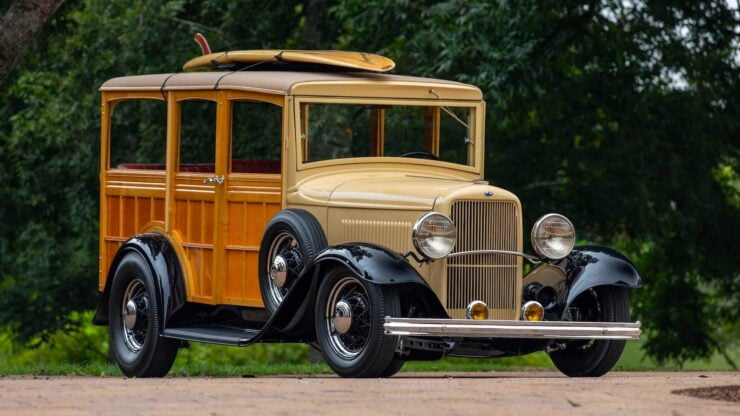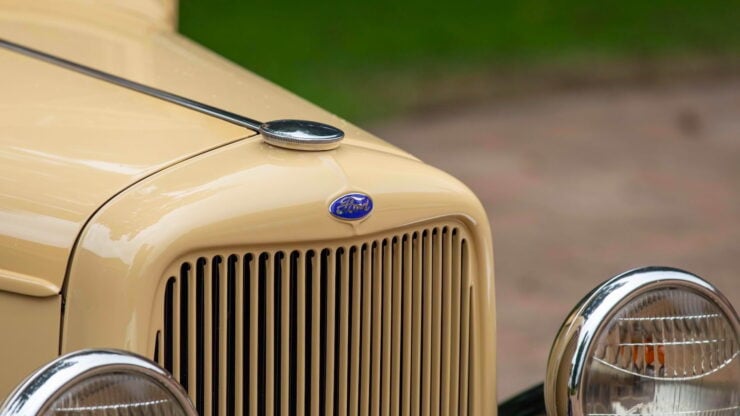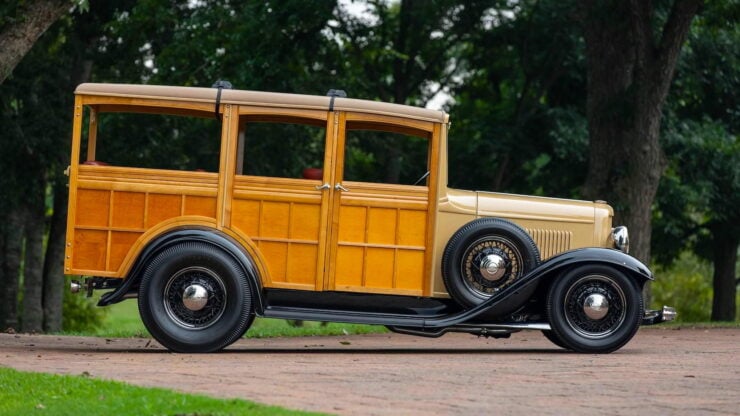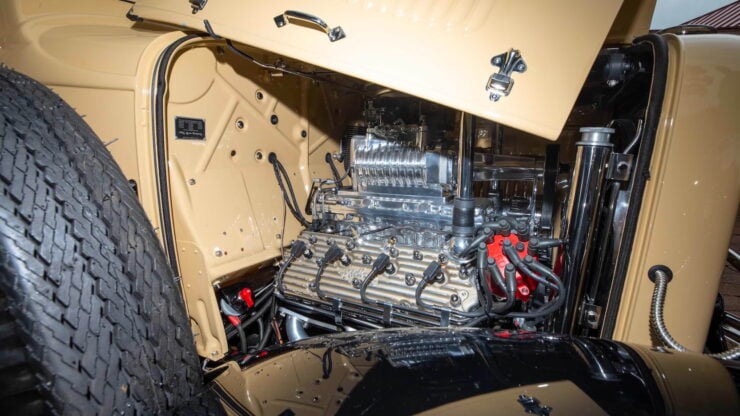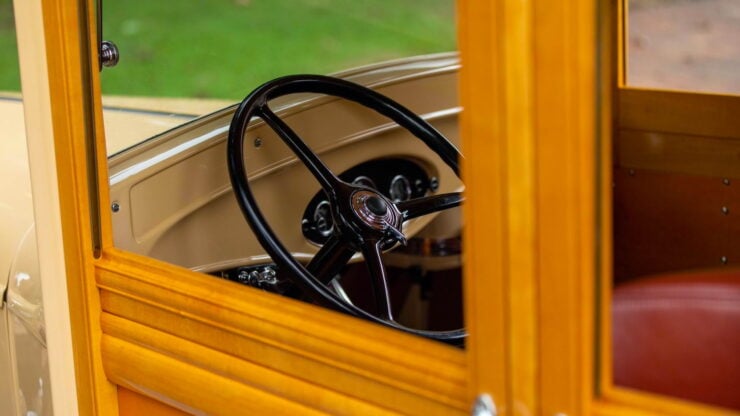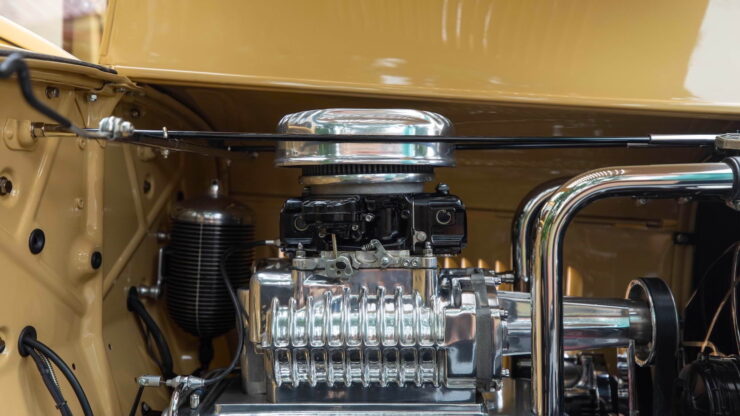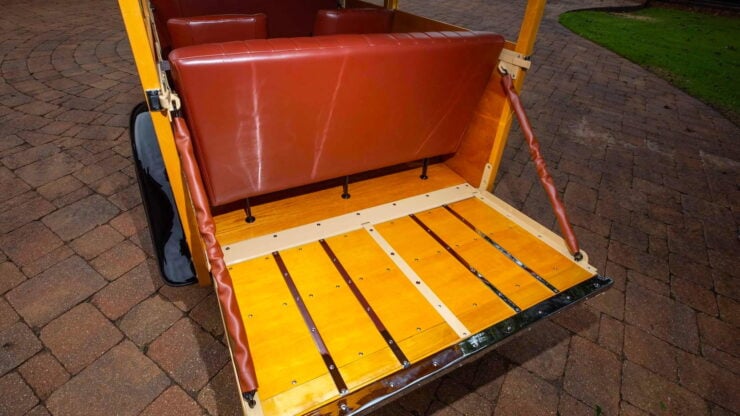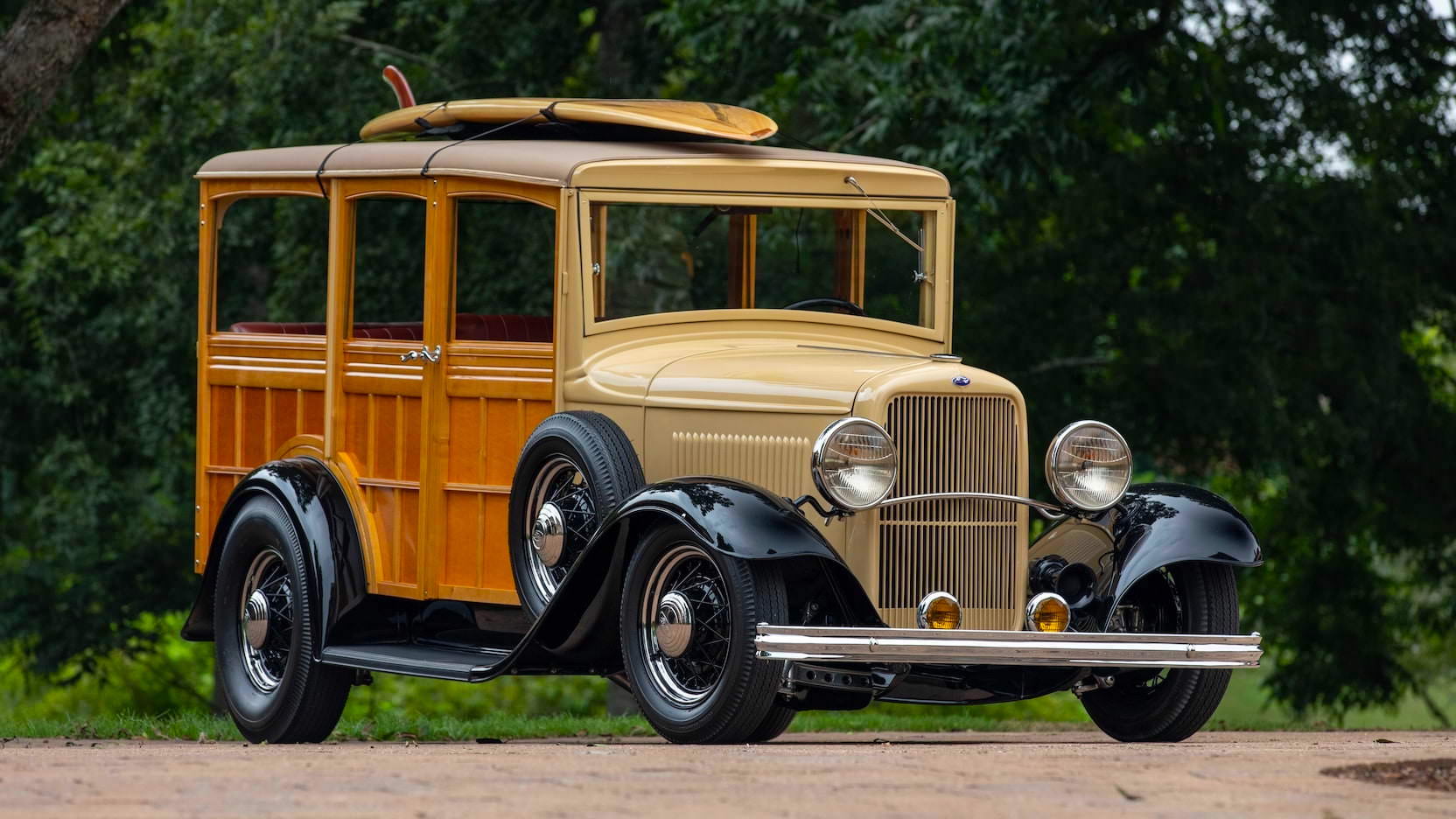The Alfaholics Spider-R 007 was nicknamed the “The Fastest Spider In The World” by the British team who built it. It’s a 216 bhp Twin Spark-powered 1977 Spider with a 6-speed sequential gearbox, a competition LSD, and a slew of other go-faster parts that earned it its ambitious epithet.
For the uninitiated, Alfaholics is the world’s leading performance company for classic Alfa Romeos, they’re often described as an Alfa Romeo version of Eagle E-Types, Singer, or Emory but with a unique approach all their own.
Fast Facts – The Alfaholics Spider-R 007
- The car started life as an 1977 Alfa Romeo Spider S2 that was in need of a full restoration, rather than restore it back to factory original, Alfaholics were contracted to turn the car into a car capable of competing directly with their own GTA-R.
- The Alfaholics Spider-R 007 is fitted with a bespoke, internal tubular steel cage to stiffen the body and make it suitable for fast road and track day use.
- Under the hood you’ll find a 216 bhp Alfa Twin Spark inline-four cylinder engine with throttle body EFI and a programmable ECU.
- Power is sent to the rear wheels via a 6-speed sequential transmission and from there to a limited slip differential to the rear wheels.
Alfaholics – A History Speedrun
The company we know today as Alfaholics essentially began back in the 1970s when Richard Banks began restoring and racing Alfa Romeos in England.
Above Video: Chris Harris from Top Gear takes the legendary Alfaholics GTA-R for a spin.
Over the years he became one of the world’s leading experts in the field, and his two sons Maxim and Andrew grew up immersed in a world of nothing but Alfa Romeos, often with two dozen or more builds on the go at any one time.
In the 1990s the company went from supplying restored cars to taking on contract restoration work and selling parts, this then evolved into supplying performance parts for people who wanted their Alfas to be faster than stock – of which there were many.
Today the Bristol-based company is the world leader in the supply of performance parts for classic Alfas. In fact, he cars they build in-house are so good that Gordon Murray called them a few years ago and ordered a car from them for his own personal use – probably the single most remarkable accolade a company like this could receive.
The Alfaholics Spider-R 007
The Spider S2 you see here has been completely rebuilt, and despite its relatively understated looks it’s a vastly quicker car than its stock brethren. The owner had the car in his possession for many years, in 2011 he sent it in to Alfaholics and requested a full rebuild to turn it into one of the fastest street-legal Alfa Romeo Spiders in the world, if not the fastest outright.
The build began with a full teardown and a repair of any body panels that needed it, a new tubular stiffening cage was then fitted to the unibody to ensure it would be rigid enough for regular track use – the only caveat being that the owner didn’t want any of the cage to be visible above the car’s shoulder line.
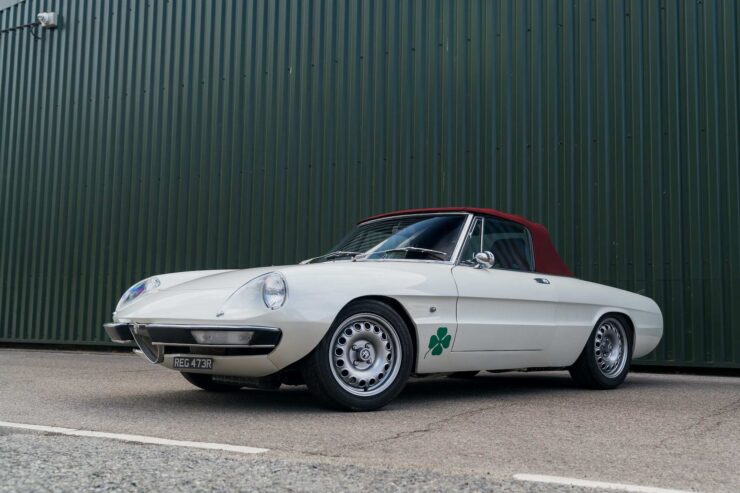
Once the body was completed the car was then finished with Alfa 147 Bianco Nuvola, a pearl metallic white paint. With the shell completed the rebuild process could begin in earnest, all new Alfaholics GTA-R suspension package and brakes were fitted, with 6-piston disc brakes fitted up front and coil overs installed at each wheel.
In the engine bay a rebuilt Alfa Twin Spark engine was fitted, it’s a 2.0 liter inline-four cylinder engine with double overhead cams that has been improved with a big valve head with race-spec valve gear, billet rifle drilled cams, billet H-section conrods, forged pistons, an Alfaholics race paddle clutch kit was fitted, as well as 45mm Weber carburetors running with an Alfaholics 3D mapped ignition system.
No less attention was paid to the inside of the car, it’s fitted with quilted Ruby leather bucket seats and the rear section is trimmed to match, as are the doors, and the door tops and dashboard are finished with Alcantara.
In 2014 the car was returned to Alfaholics for a series of upgrades, these included the installation of a 6-speed sequential transmission, an Alfaholics programable throttle body fuel injection system, and a Race Technology digital dash conversion.
There’s no doubt that this is the nicest Alfa Spider we’ve ever seen come up for sale, not to mention the quickest, so it’ll be interesting to see where the bidding ends up.
If you’d like to read more about this unusual Spider or place a bid you can click here, it’s currently being auctioned live by Collecting Cars.
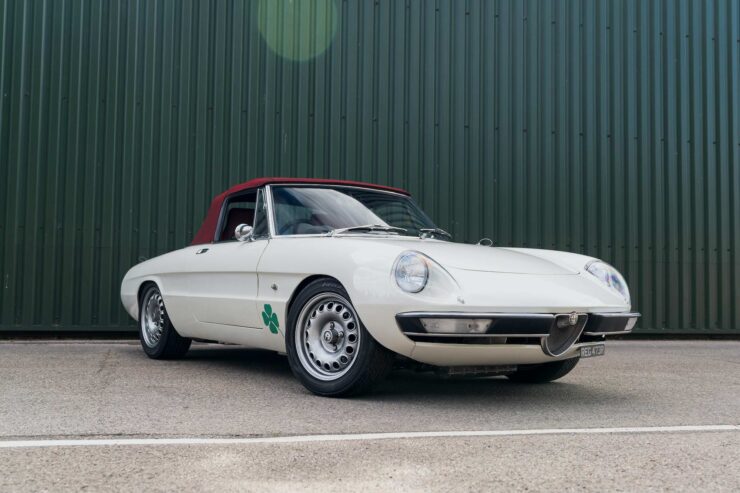
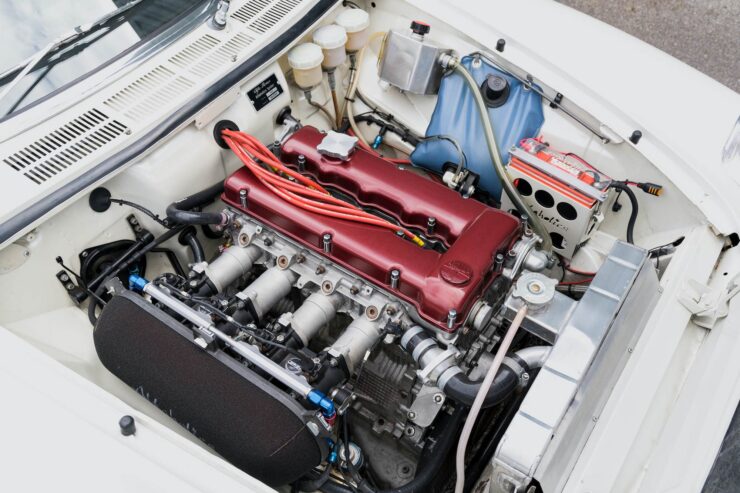
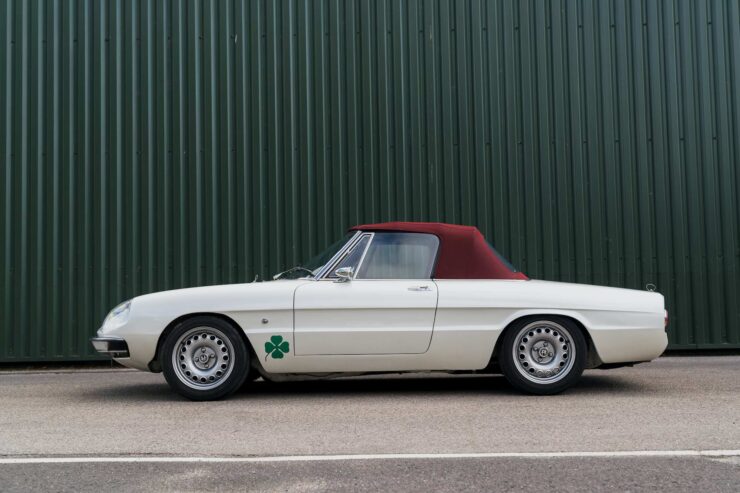
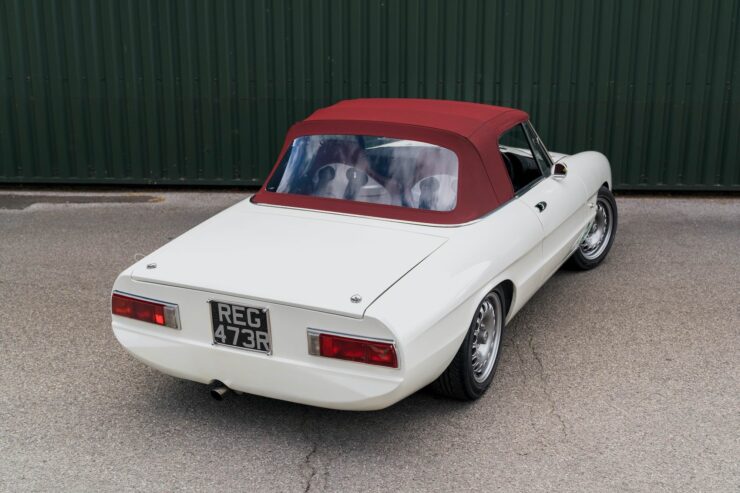
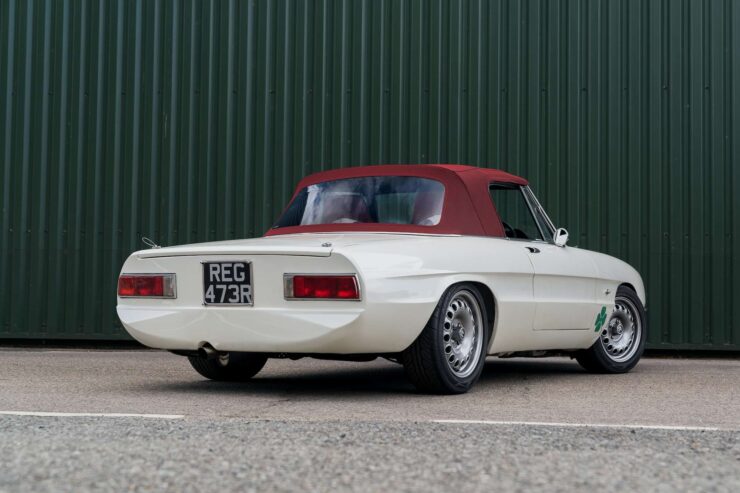
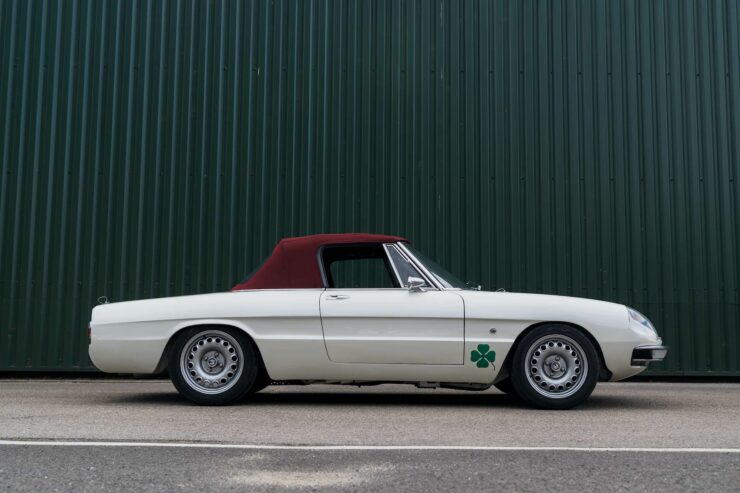
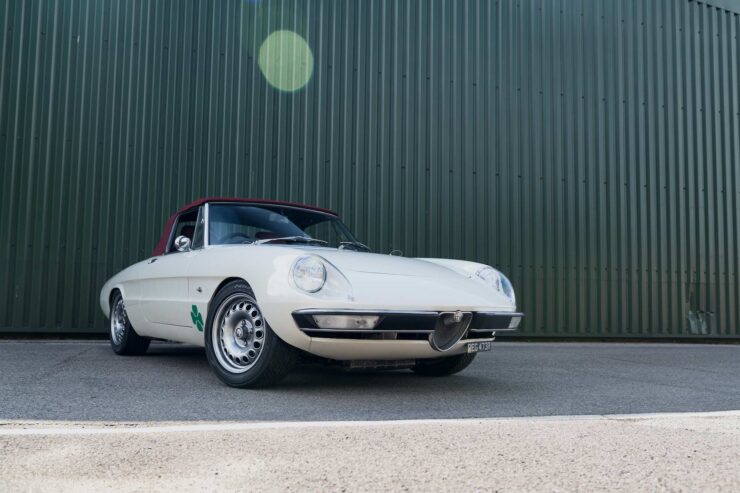
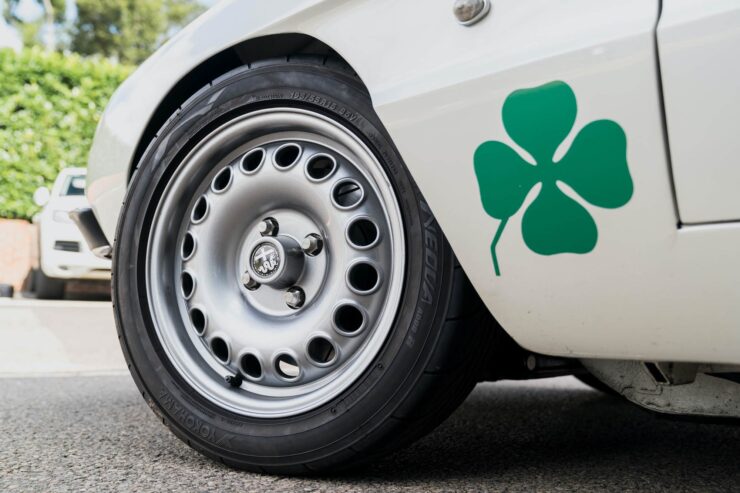
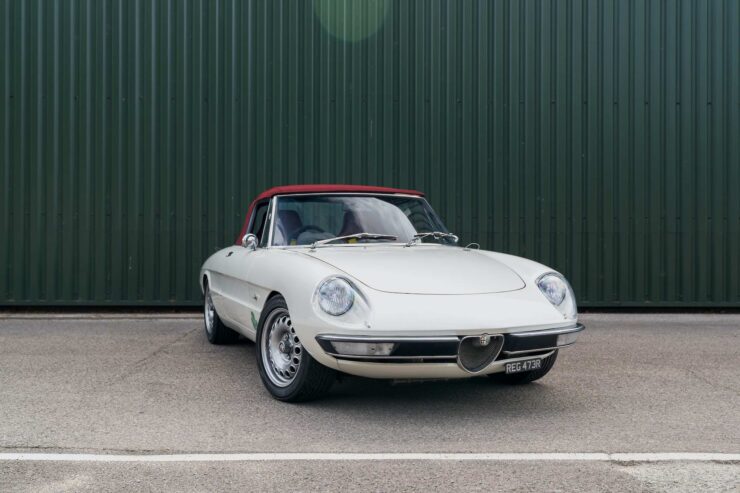
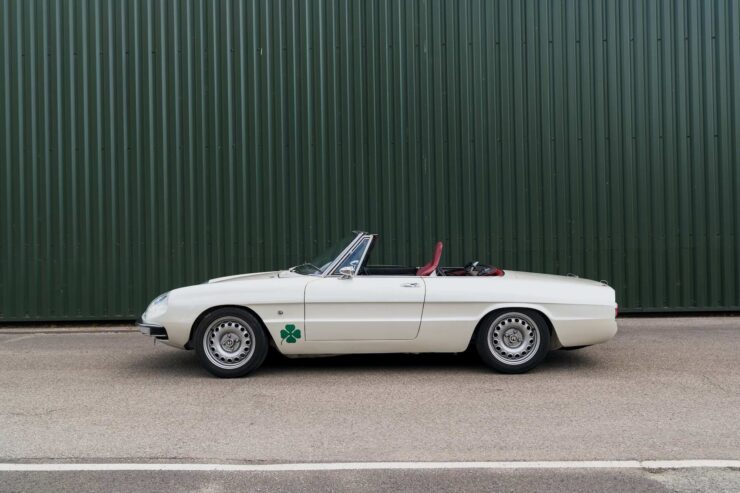
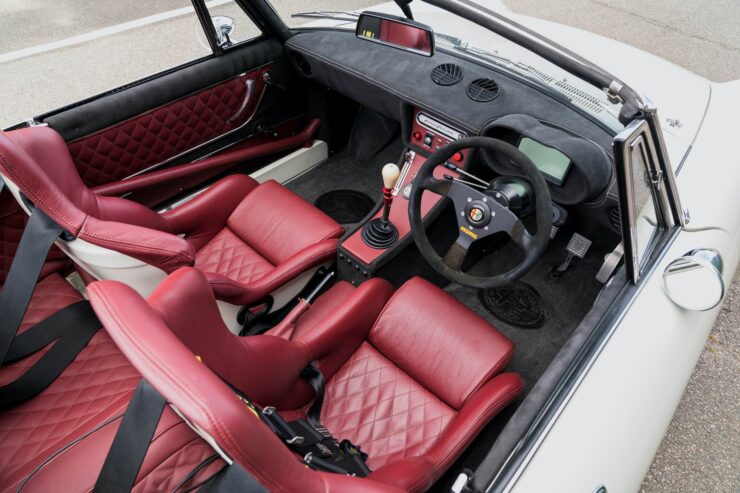
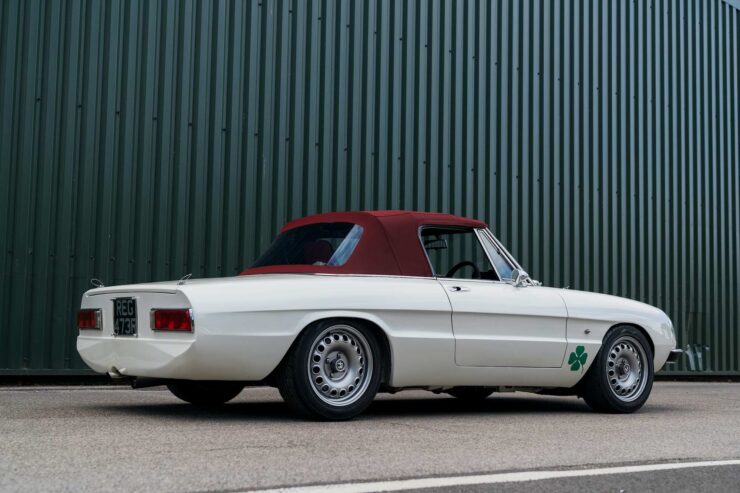
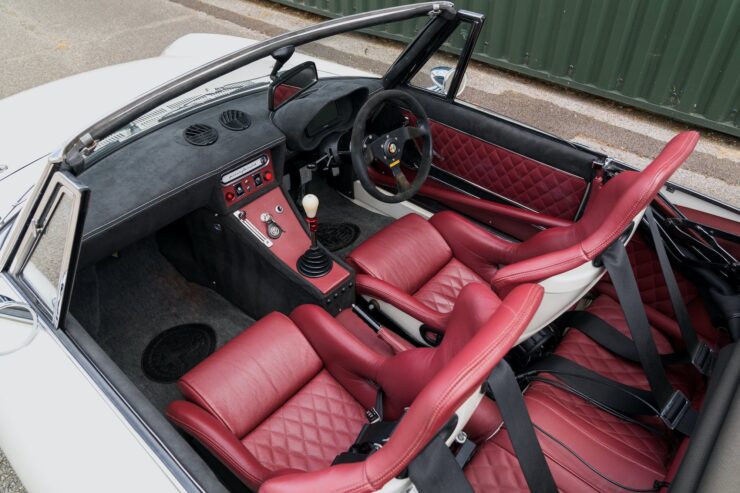
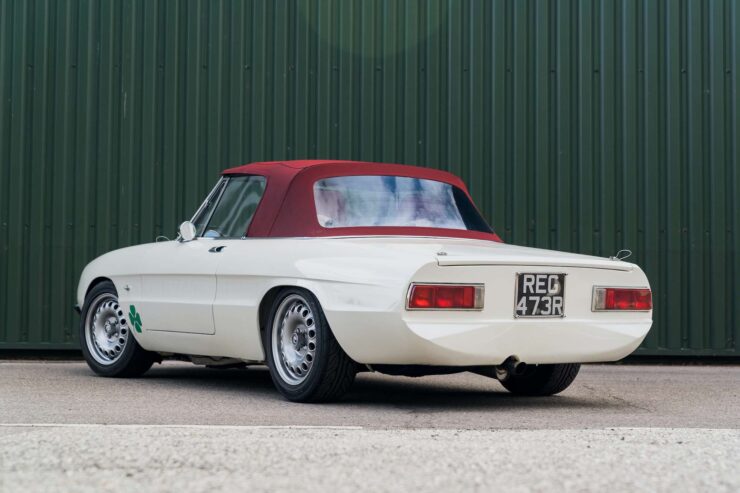
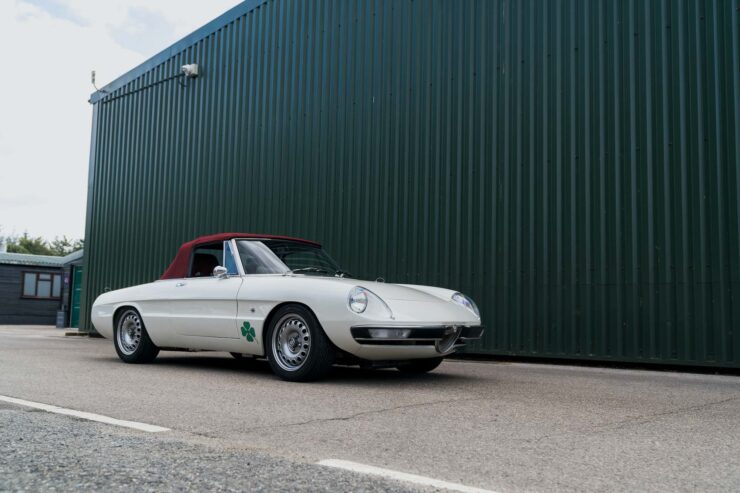
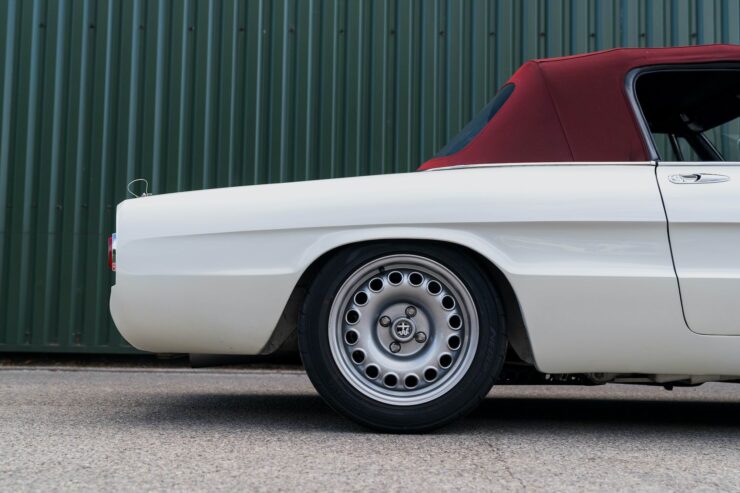
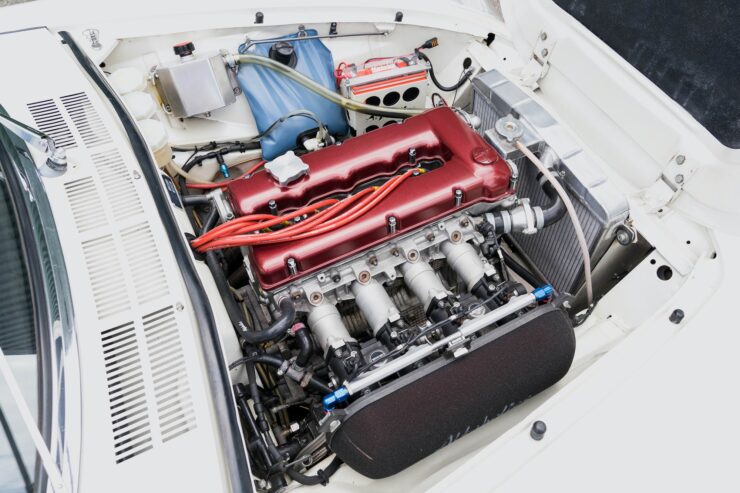
Images: Collecting Cars
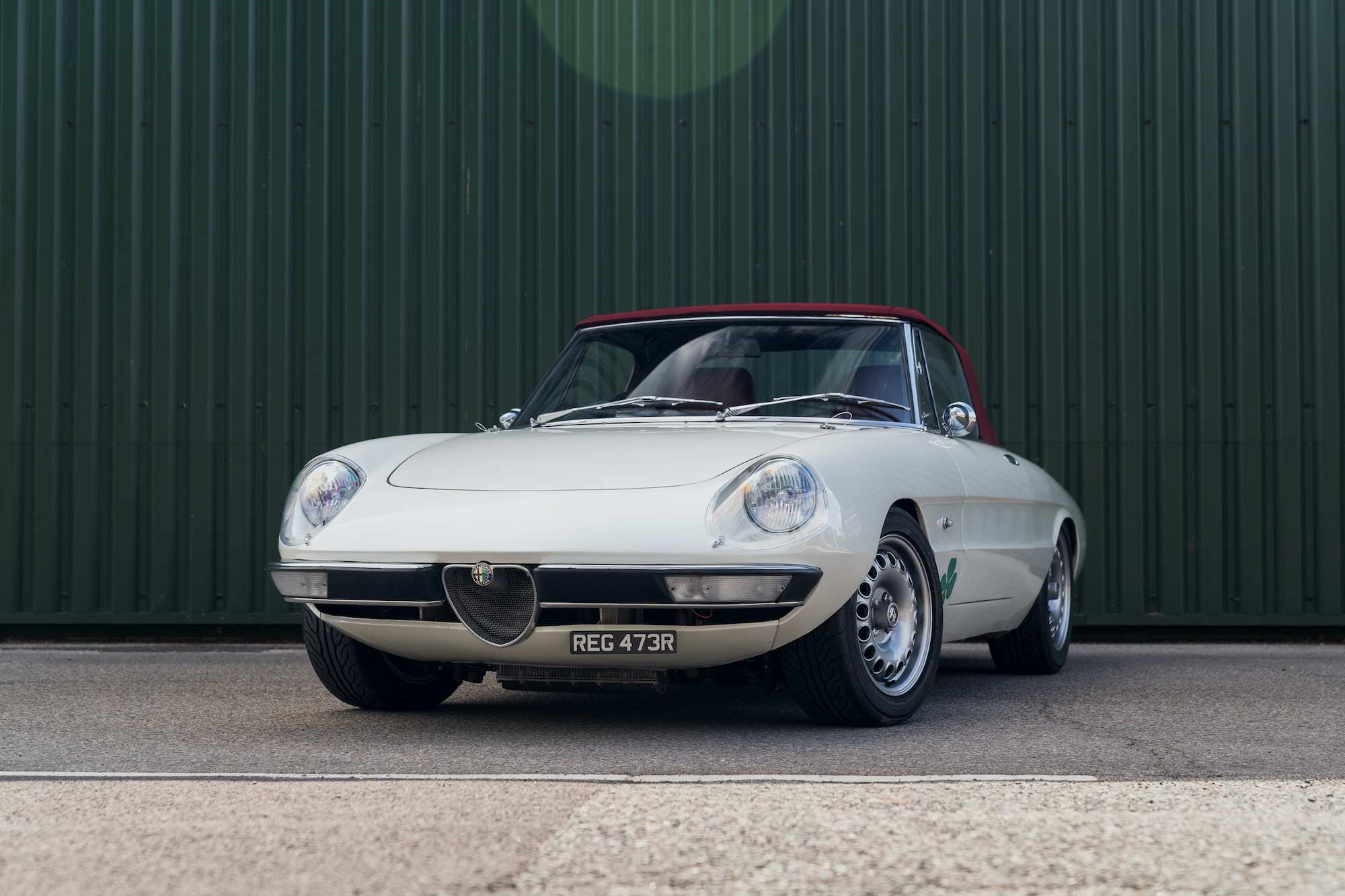
The post For Sale: The Alfaholics Spider-R 007 – The Fastest Spider In The World appeared first on Silodrome.
from Silodrome https://silodrome.com/alfaholics-spider-r-007/
via gqrds
